
Zombie games have long been a separate genre, where dozens of examples can be found, from classic survival shooters to modern open-world franchises. The Dying Light series has always stood out for its combination of dynamic parkour, hand-to-hand combat, and an atmospheric world where day and night feel completely different. With the release of The Beast Techland is trying to restart the franchise with a new story, new mechanics, and a darker tone. But does the game manage to combine ambition with reality, or is it just a repetition of old ideas in a new wrapper? This is the subject of our editorial review.
Content
- 1 Ambitions and challenges of Dying Light: The Beast
- 2 The plot and atmosphere of Dying Light: The Beast
- 3 Gameplay and parkour of Dying Light: The Beast
- 4 The combat system of Dying Light: The Beast
- 5 Visuals and technical condition of Dying Light: The Beast
- 6 Prices, editions, and localization of Dying Light: The Beast
Ambitions and challenges of Dying Light: The Beast
After the release of the second part, players were divided: some admired the scale, while others criticized excessive RPG elements and technical problems. And now, Techland is back with Dying Light: The Beast which is positioned not just as a supplement or sequel, but as a new chapter in the development of the franchise.
The title itself holds the key: “The Beast” hints that survival is no longer about balancing on the brink of life and death, but about confronting something bigger: external and internal. The developers promised a darker tone, deeper psychology, and a much broader toolkit for the parkourist, who is now forced to fight not only the world but also his own dark side. It’s ambitious, especially for a studio that has been fighting for years to keep its own engine stable.
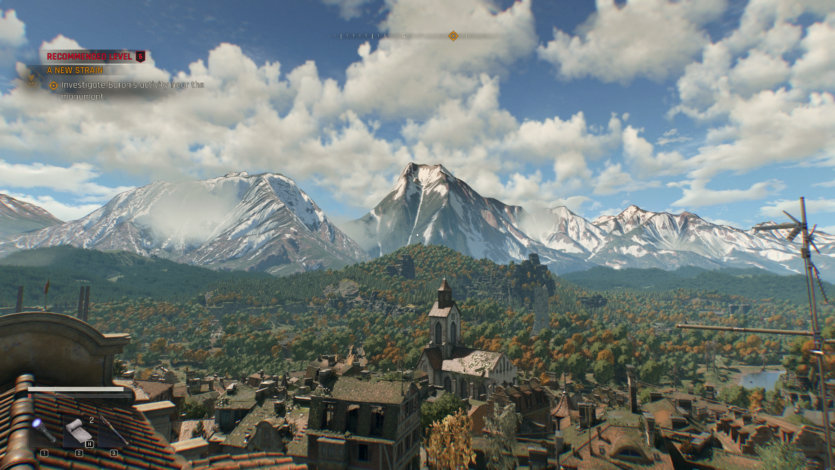

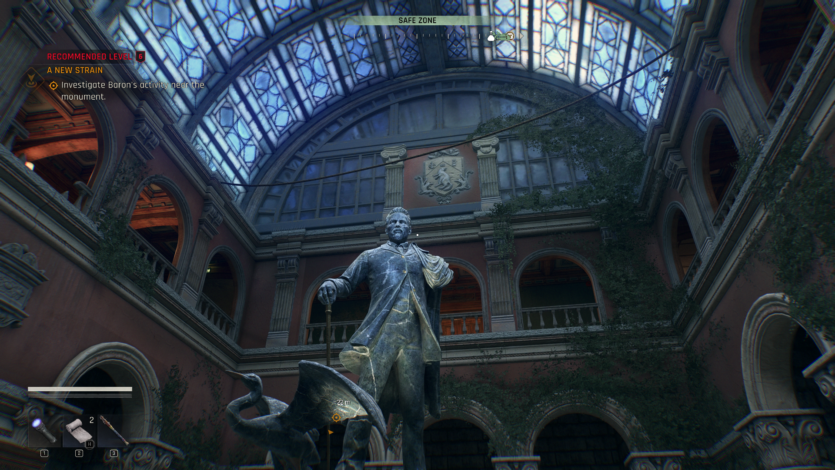
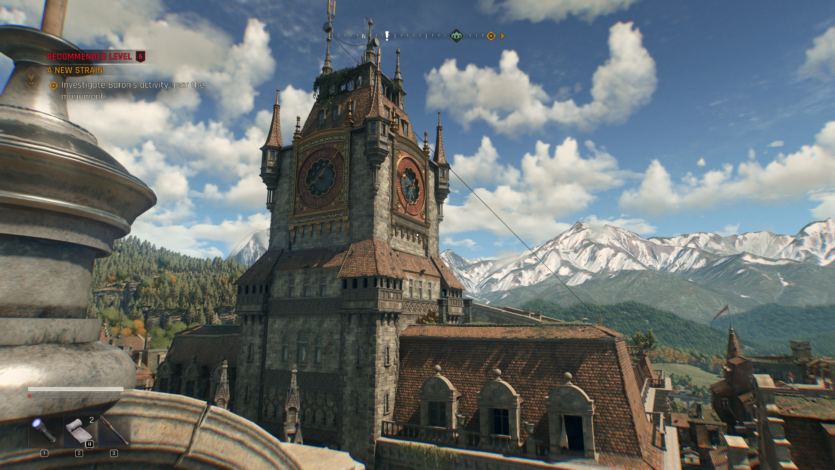
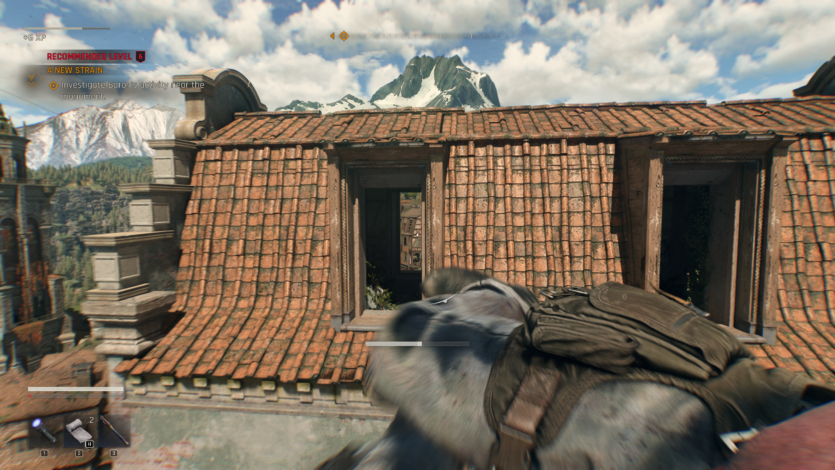
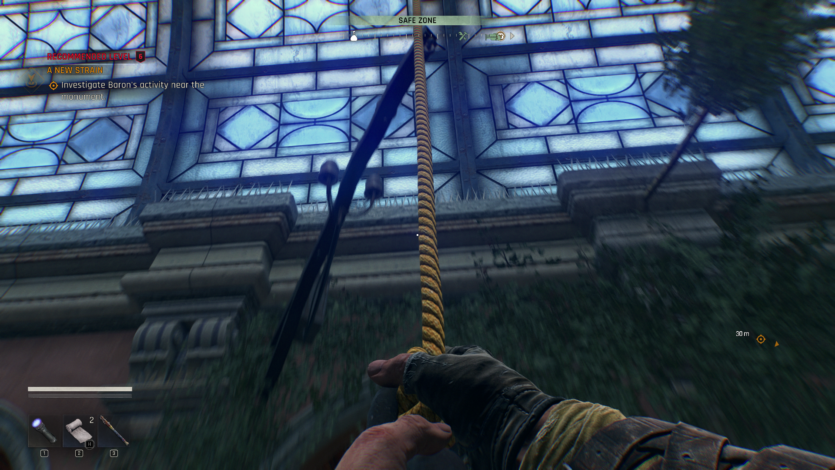
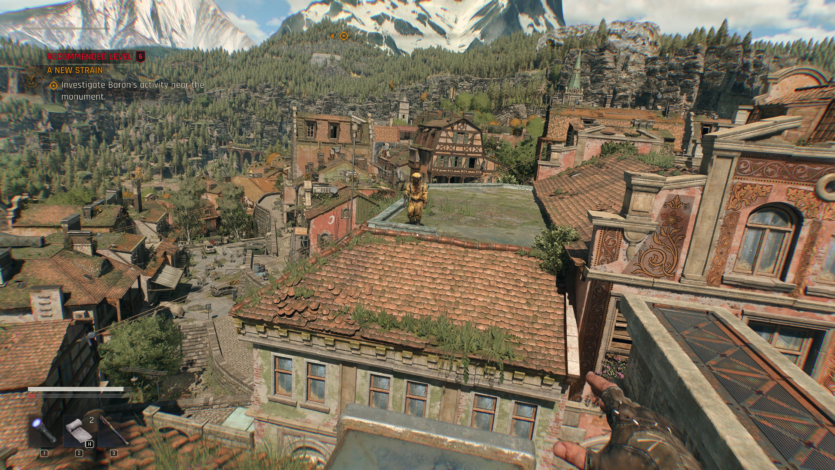
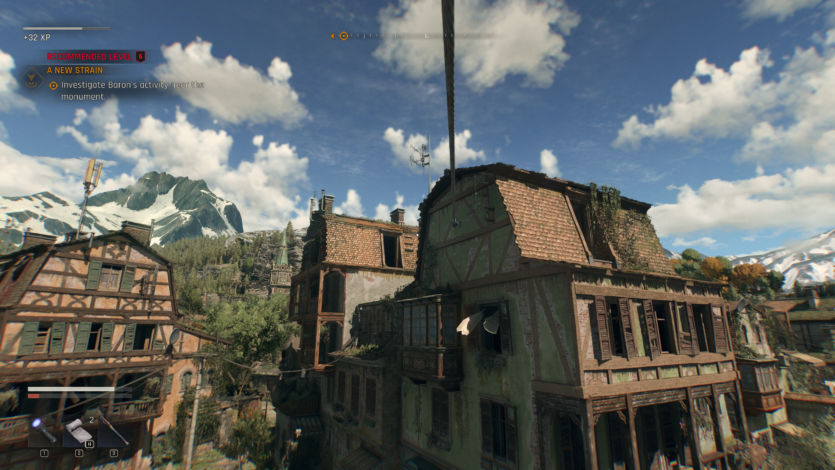
Fans remember how Dying Light 2 got a controversial start: a large open world, dozens of mechanics, but also bugs that sometimes ruined the atmosphere. Techland has been “treating” the game with patches for a long time, gradually fixing and expanding the content. Therefore, expectations from The Beast were twofold: whether it was really a new page or just another big update disguised as a standalone game.
It’s also interesting that the studio itself takes a more cautious approach to marketing. There are no promises of “500 hours of content”, no loud phrases about the revolution. Only specifics: a new city, a new story arc, a rebuilt combat system, and a completely different emphasis on vertical parkour. This sounds more convincing than abstract slogans.
In the context of the gaming industry, the release of Dying Light: The Beast looks quite symbolic. The year 2025 is rich in continuations of high-profile franchises, but not all of them find a balance between the “good old” and the “new and interesting”. Techland tried to bet on the evolution of mechanics without losing the DNA of the series.
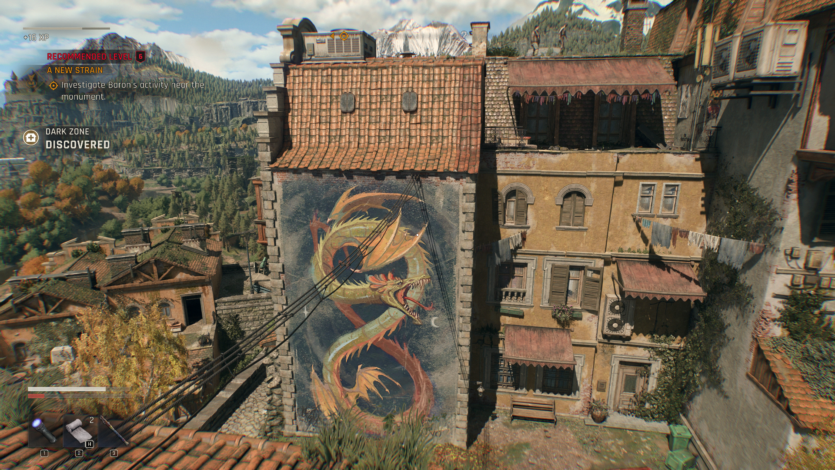
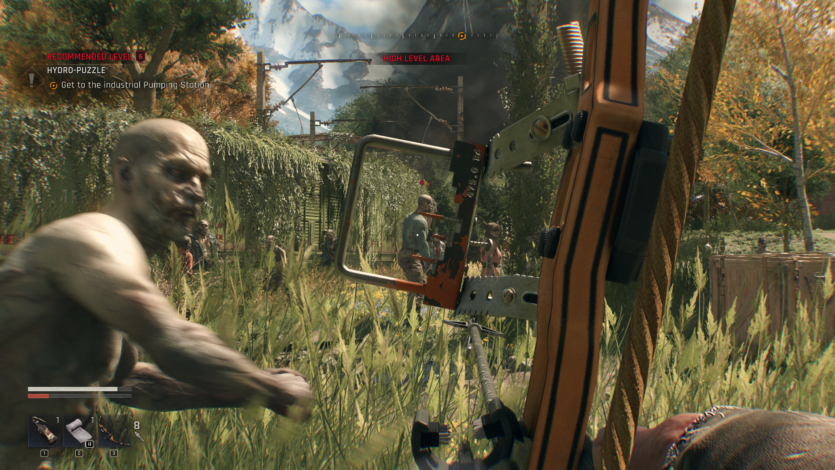
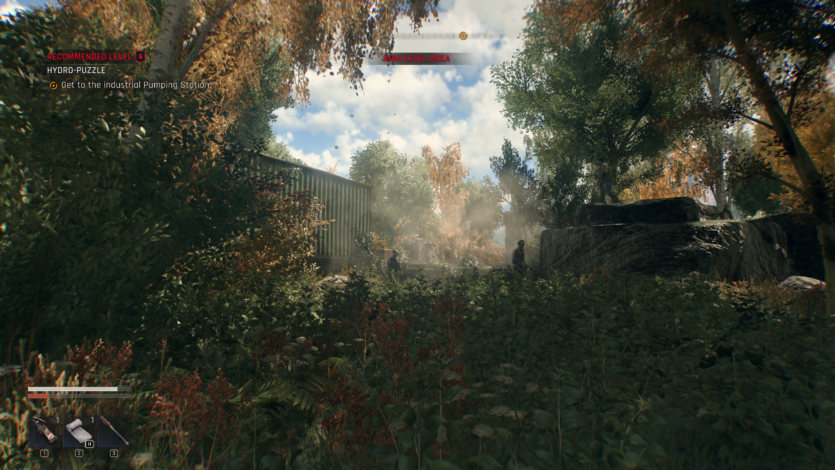
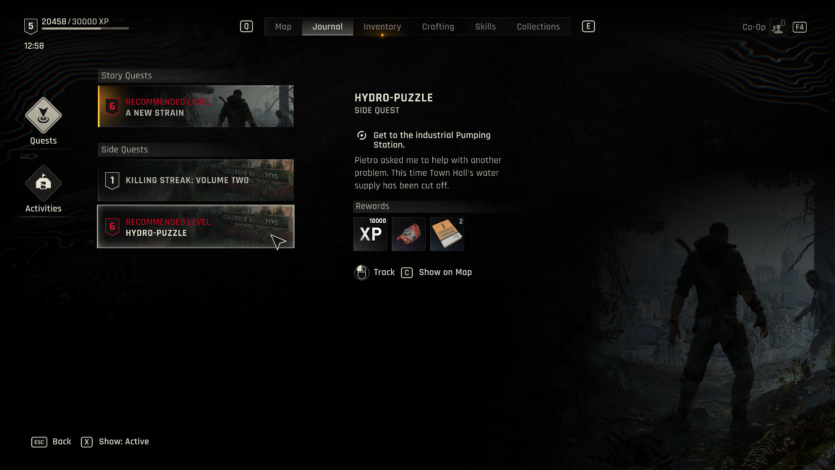
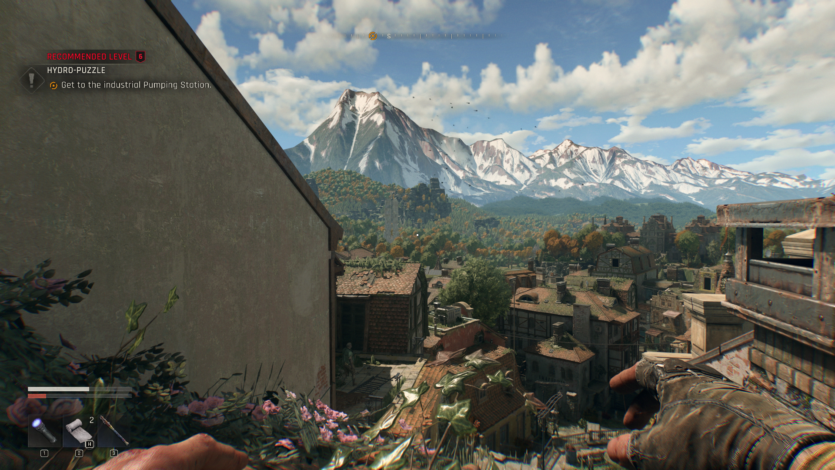
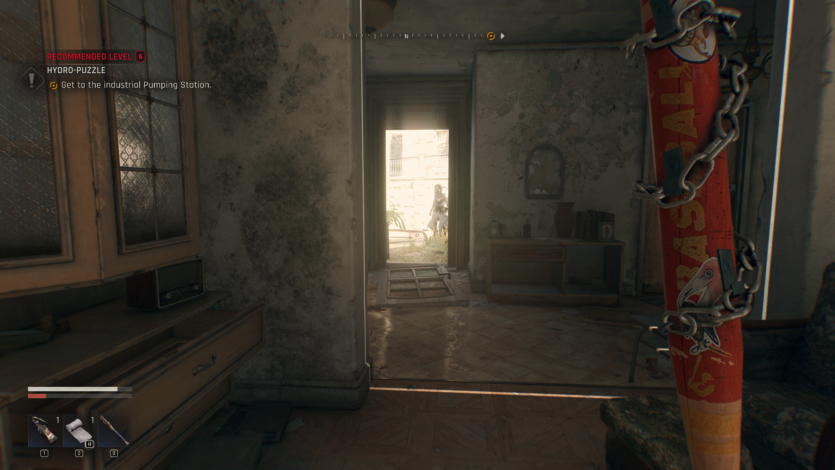
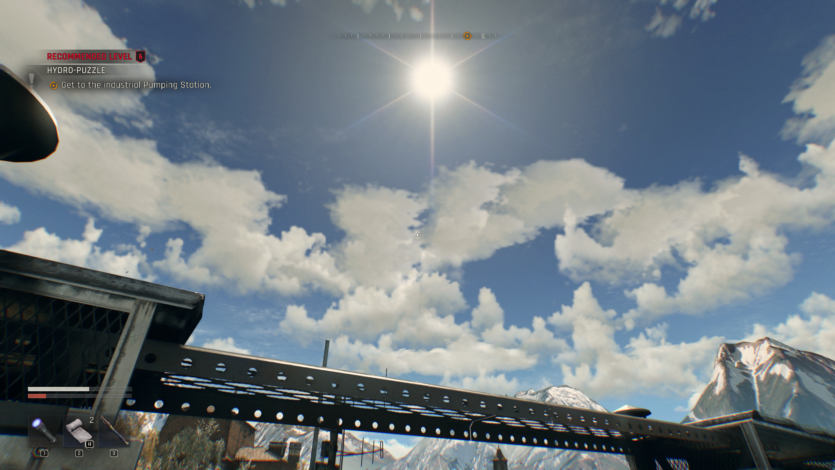
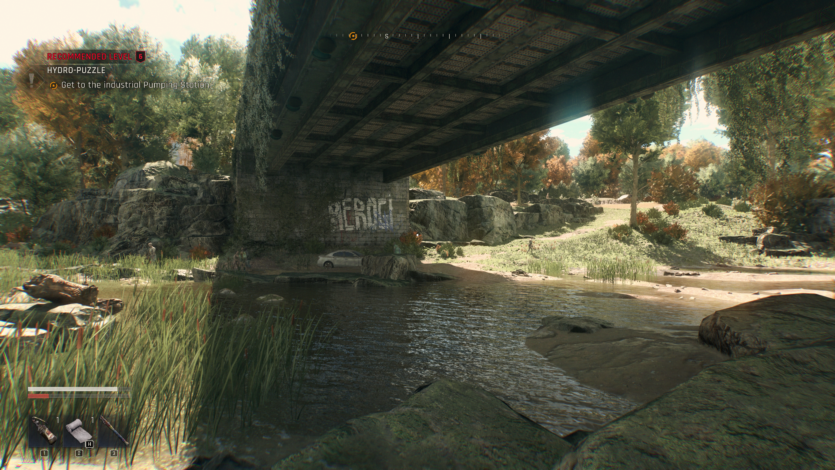
Another factor is competition. The survival horror market is on the rise again: Cronos: The New Dawn, Resident Evil, The Last of Usand indie projects like Sons of the Forest. All of them work with similar themes, but place different emphasis. In this environment, Dying Light traditionally stands out for its dynamics. It’s not so much the atmosphere that scares you, but the speed with which chaos can fall on you. And The Beast makes this dynamic even more aggressive.
It is also important that the series has always had its own “Polish” flavor. Techland doesn’t hide its roots, and you can feel it in the architecture, the style of the city, and even in the way the dialogues are structured. But this is not always a compliment.
This is not a global metropolis from Hollywood movies. It is rather a world that reflects real European streets. And it was this earthy approach that allowed the players to empathize with the characters better.
The plot and atmosphere of Dying Light: The Beast
From the first minutes Dying Light: The Beast makes it clear: there is no room for levity or typical zombie entertainment. This time, the writers are betting on a dark psychological thriller.
The main character, Kyle Crane, is already familiar to series fans, but in The Beast he appears not just as a savior of humanity. We see a man gradually blurring the line between human and beast, and this transformation sets the tone for the entire game, emphasizing the title and the atmosphere of constant danger and inner struggle.
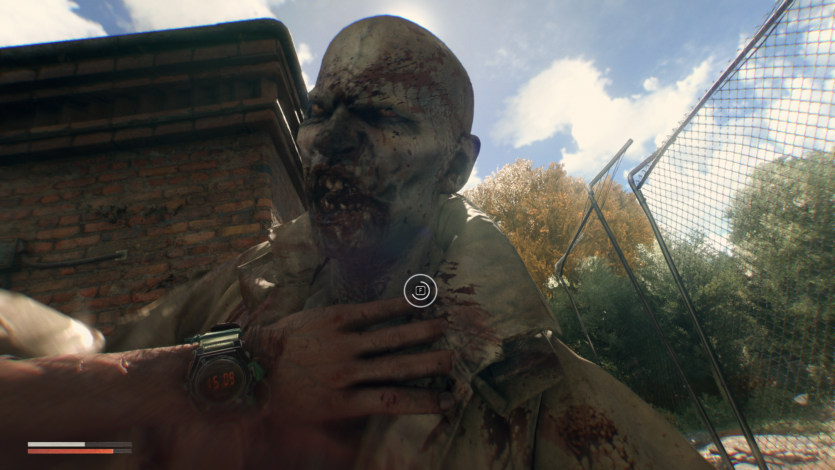
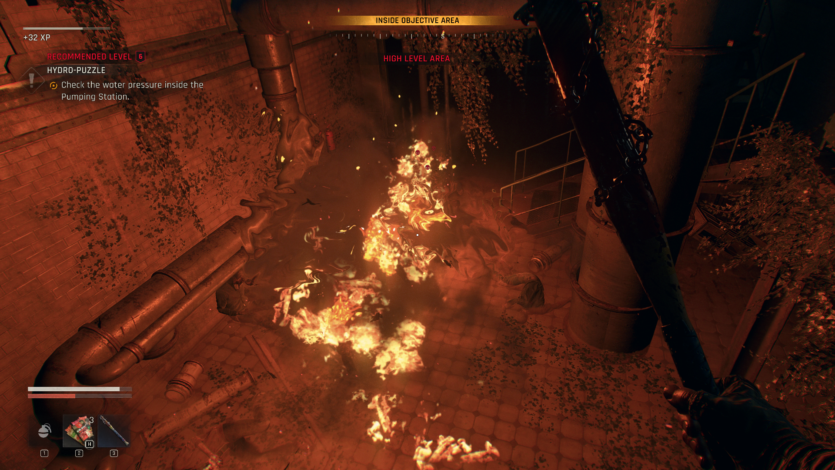
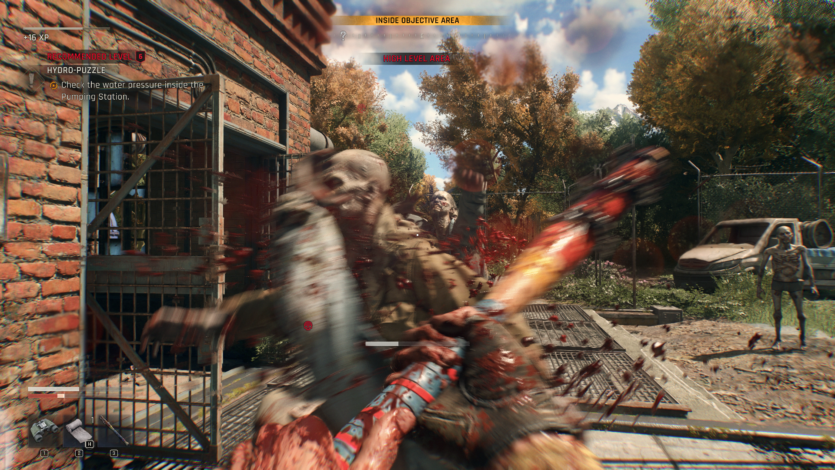
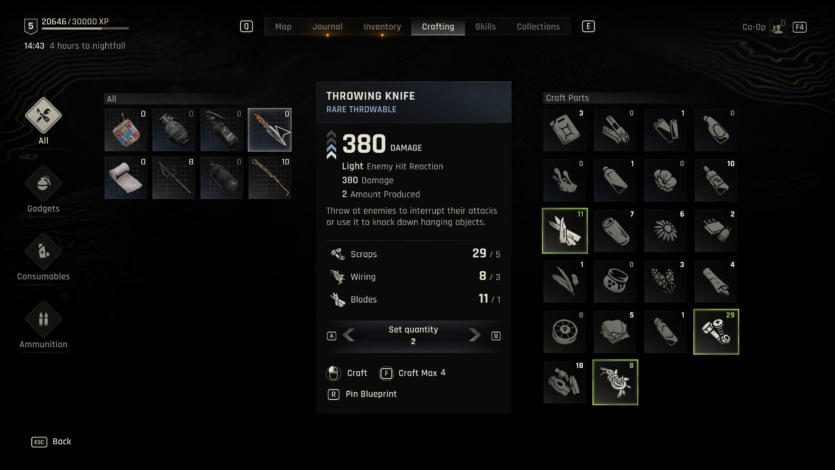
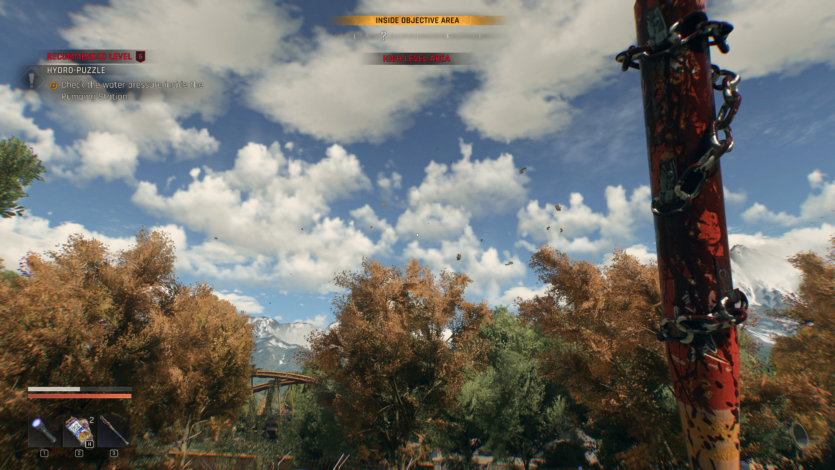
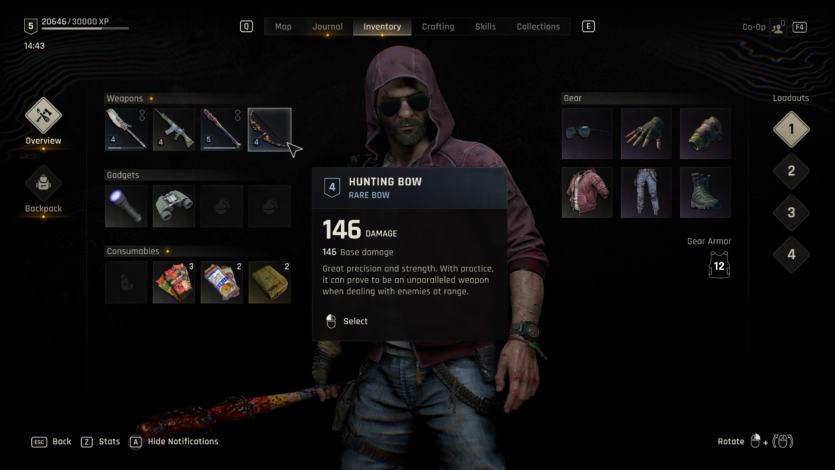
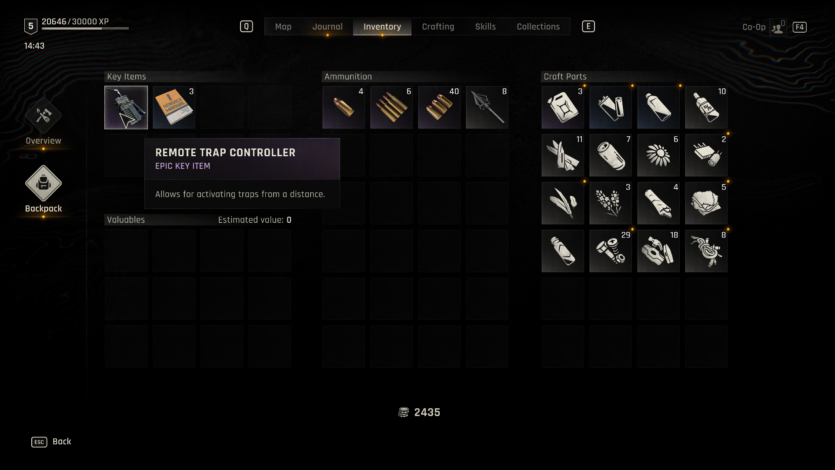
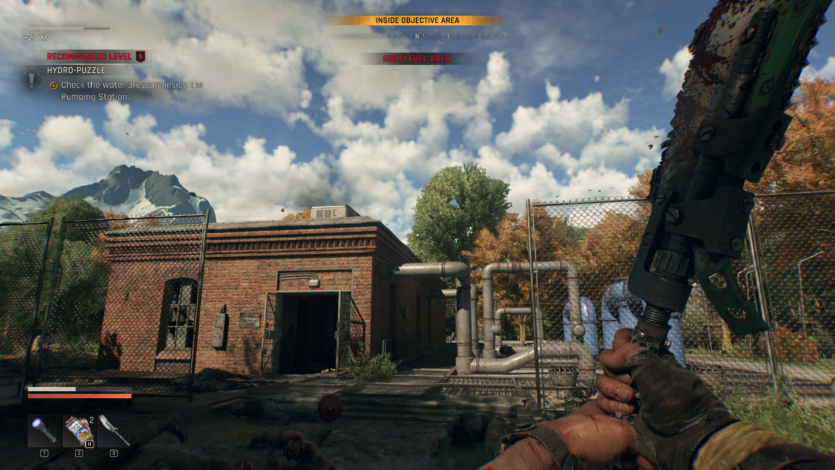
The city in which the events unfold immediately gives the impression of a living organism. It’s not an abstract metropolis or a conventional European setting, but a concrete space with its own rules, zones of influence, and factions. Each street has its own story, and the narrative is based more on the environment than on long dialogues. You can walk into an apartment where children’s toys are left on the table and there is an unfinished cup of coffee. All of this will say more than just another cut scene.
The plot of Dying Light: The Beast unfolds gradually, taking its time to reveal itself. Instead of big and pretentious twists, the player receives a series of small but unpleasant discoveries. The authors focus on the theme of social degradation and personal transformation. Superficially, but it is what it is.
The atmosphere is supported by visual and audio solutions. Foggy streets, sharp transitions from artificial lighting to darkness, muted colors. All this creates the feeling that the world is literally rotting before our eyes. At night, the city changes radically: the music becomes more dramatic and the environment more threatening. The player is not just afraid of monsters, they begin to feel paranoid. At a high difficulty level, this gives an adrenaline rush.
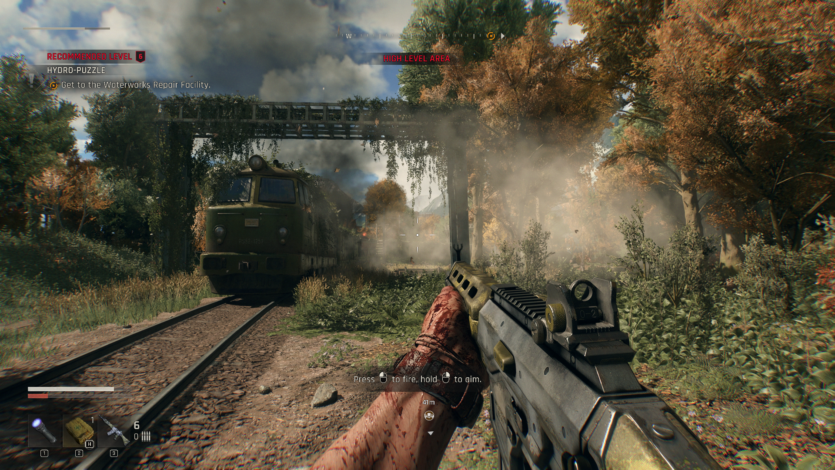
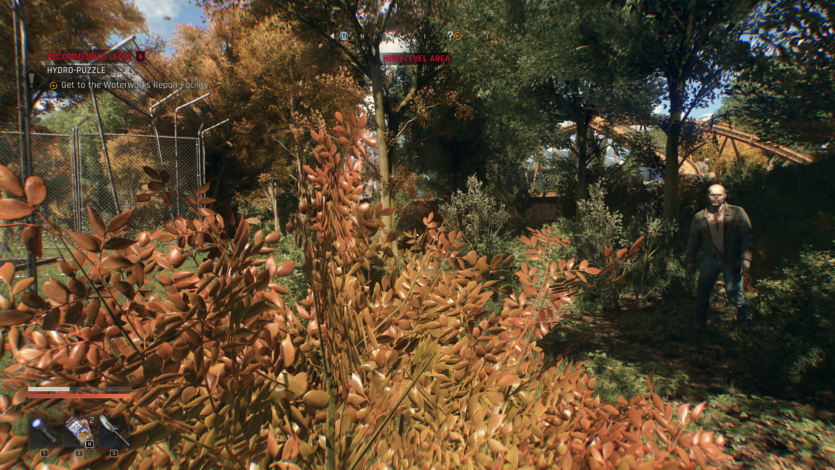
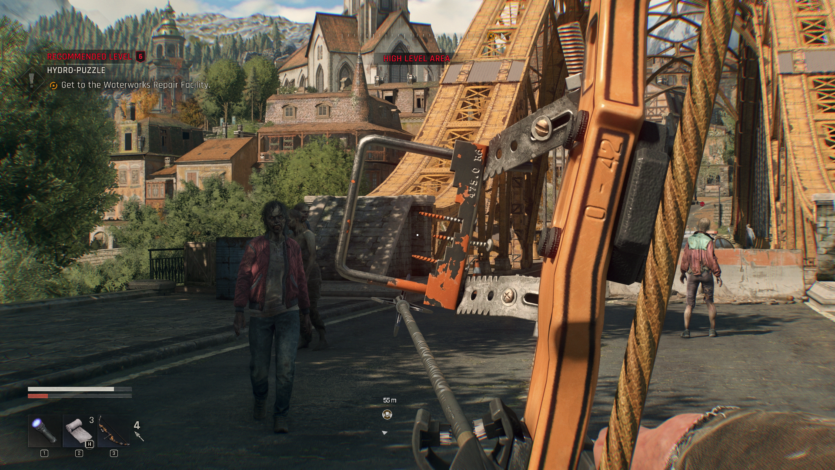
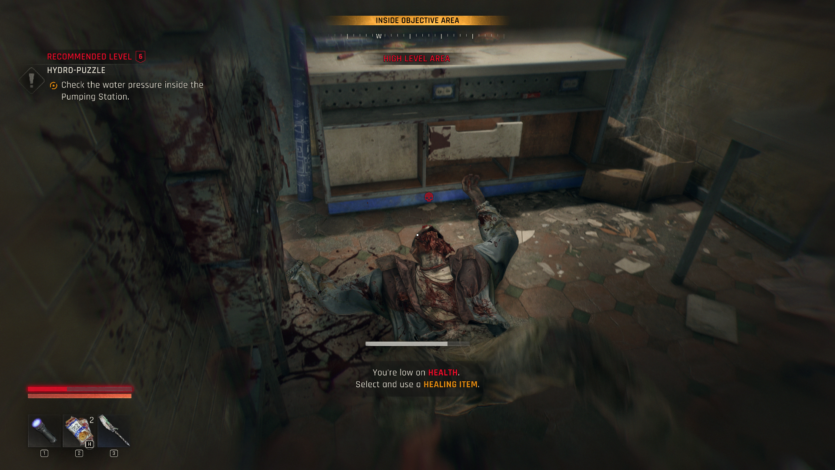
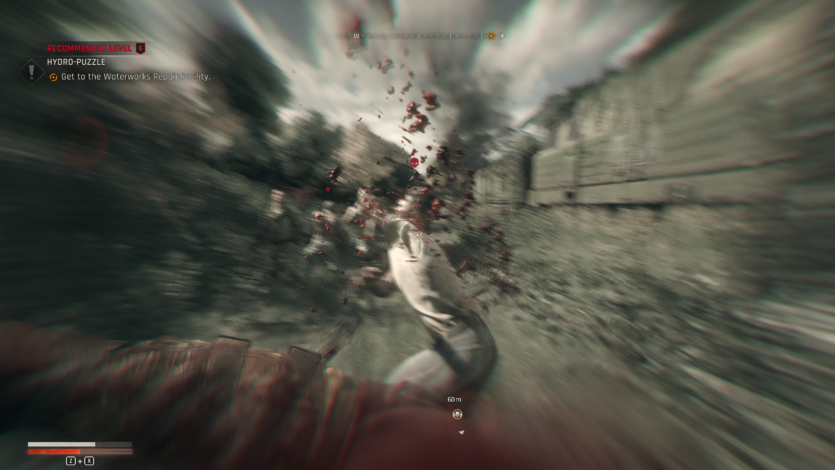
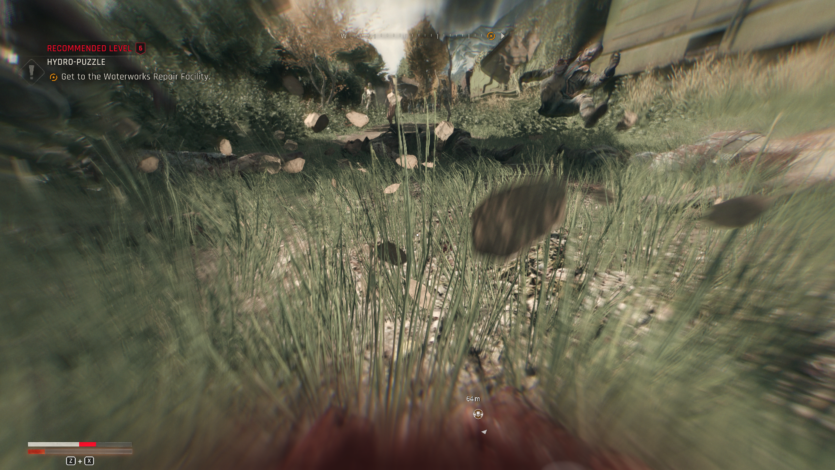
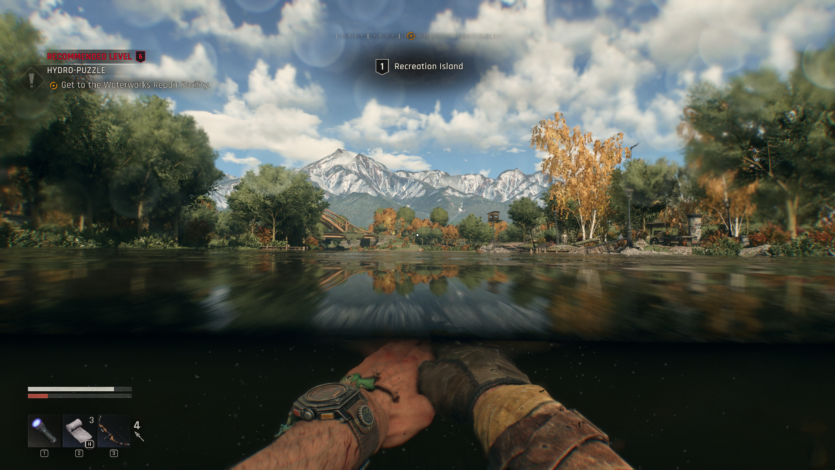
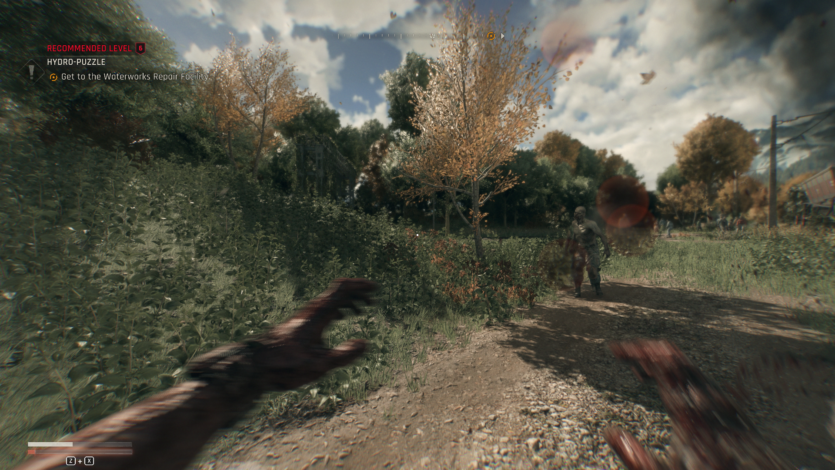
The story missions of Dying Light: The Beast are interspersed with “free” exploration. This allows you to avoid the feeling of linearity but at the same time does not turn the game into a chaotic set of events. Key events often start in everyday situations. This gradualism makes the story more compelling.
The work with supporting characters is also worthy of attention. Not all of them look like typical “quest-givers”. Some of them even have their own context, motivation, and micro-character arcs. Some of them are ready to commit treason for a piece of bread, while others, on the contrary, show unexpected loyalty. Such moments work on the main theme of the game: who is the real “beast” in this world?
As for the global conflict, it is also present here, but its scale is smaller. This is not a story about saving the world or finding a universal vaccine. This is a local drama that gains depth through the personal perspective of the protagonist. This approach makes the plot closer and more understandable, and the atmosphere becomes more intimate.
Gameplay and parkour of Dying Light: The Beast
Parkour has always been a hallmark of Dying Light, and it was what made the series unique among other zombie action games. In The Beast, Techland has relied on the evolution of this mechanic, and it is felt from the very first minutes. The movement has become smoother, the character’s sense of weight is more accurate, and the possibilities of interaction with the environment are wider. Now parkour is not only a way to avoid danger but also the main tool for tactical advantage.
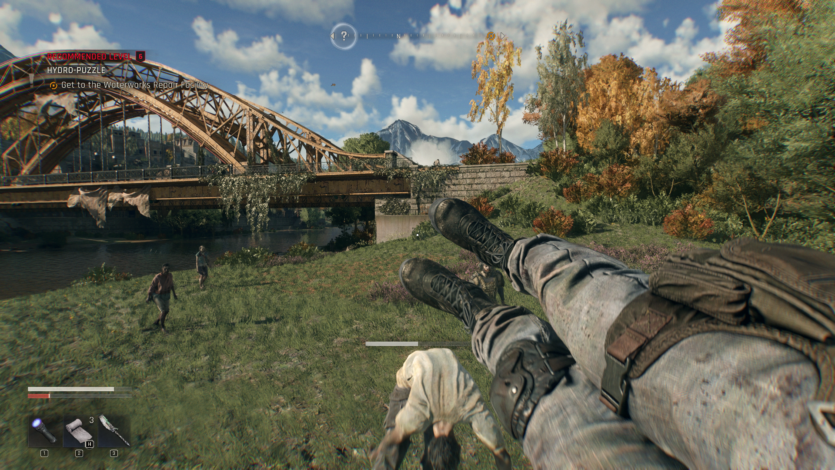
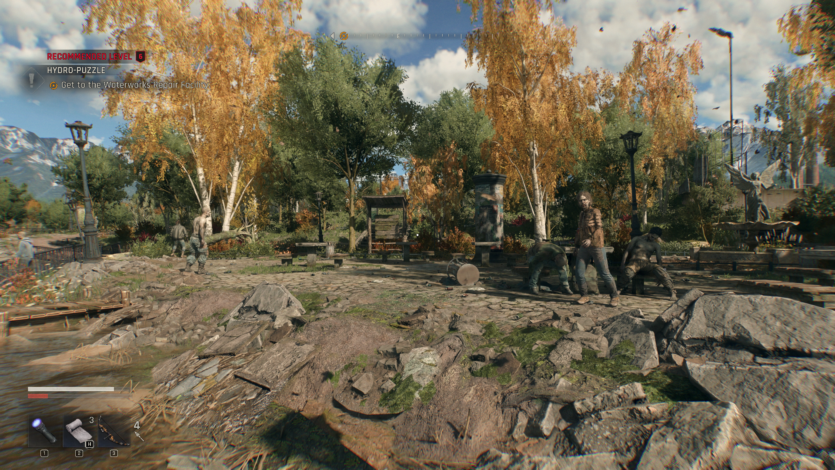
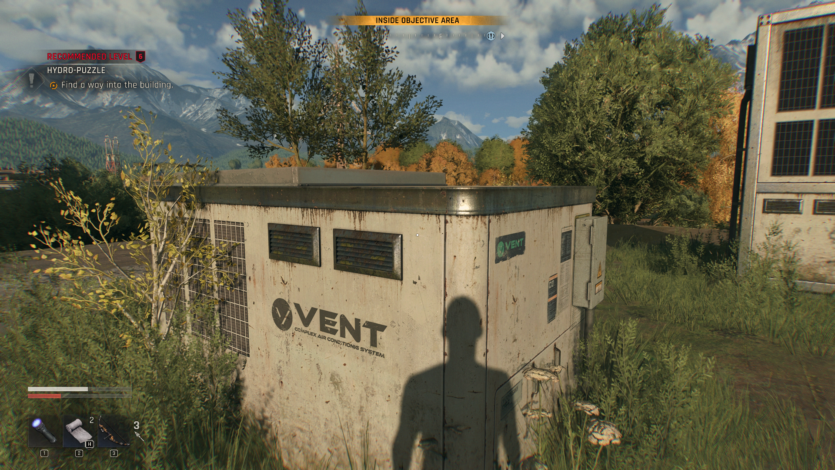
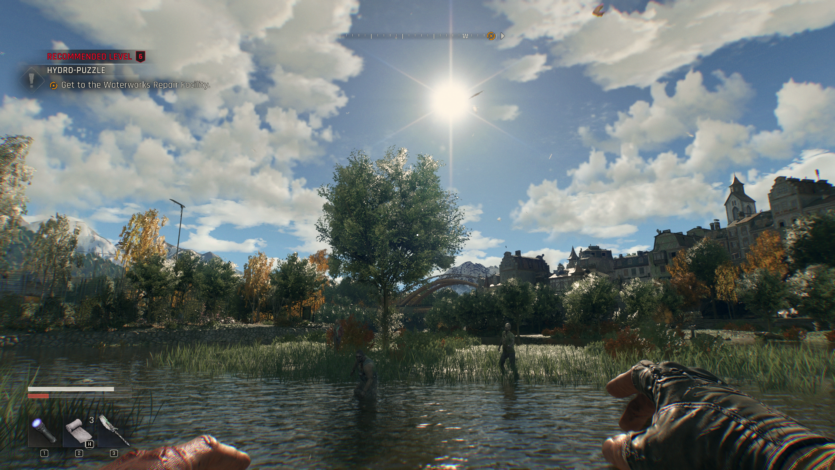
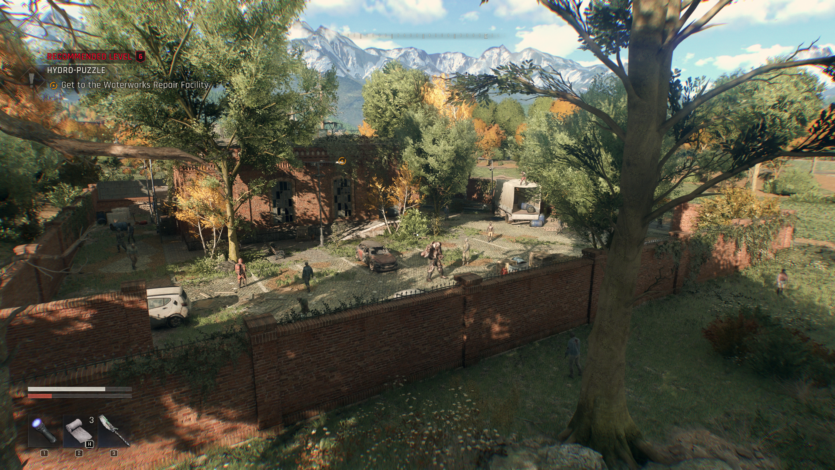
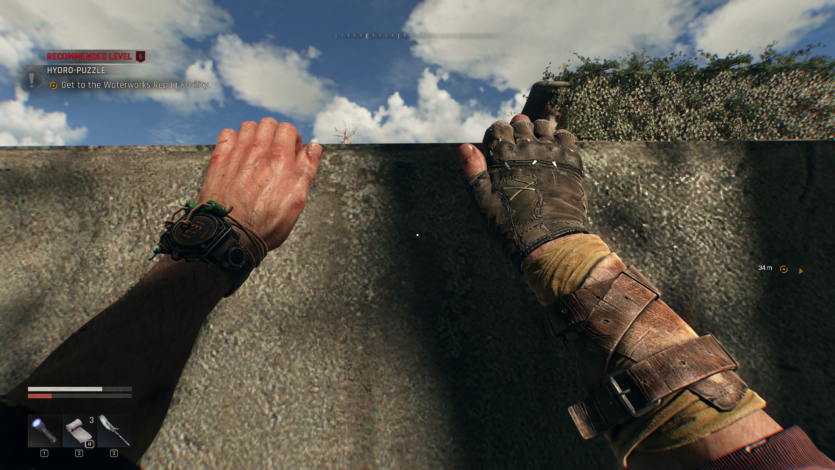
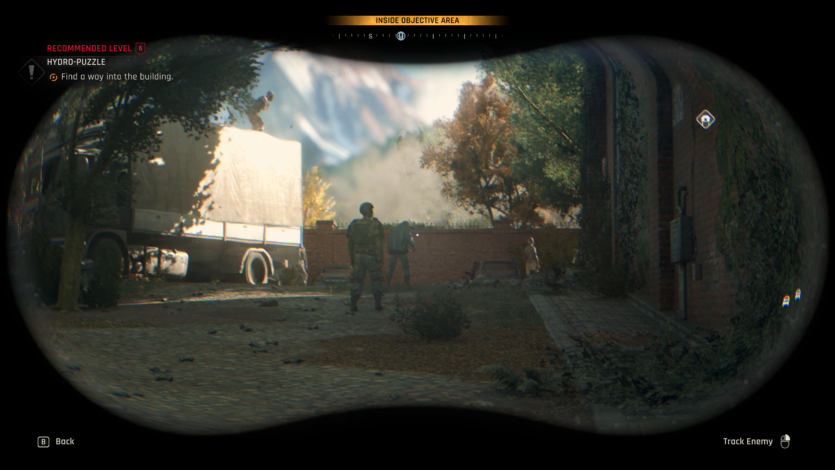
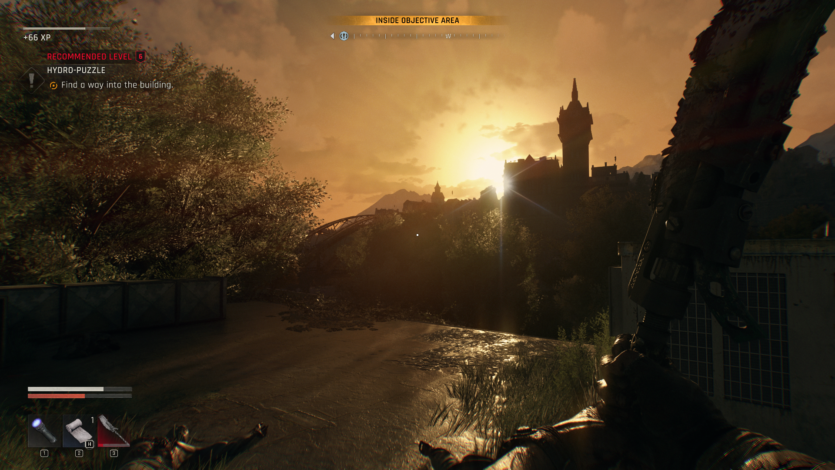
The philosophy of verticality has changed. Now buildings have become more diverse and number of storeys, and the routes to the goal are never obvious. Often you have to improvise, look for an alternative path, or even use enemies as a springboard. This adds an element of unpredictability that keeps your brain on its toes.
Interestingly, parkour has also become a weapon. Some techniques allow you to literally use the infected as objects for movement: push off from the back to reach a second-floor window, or throw an enemy down the stairs and immediately jump on his head. Such moments emphasize the main idea of the game — not the strongest survives, but the one who thinks more creatively.
An important innovation of Dying Light: The Beast is the adequate endurance. If in the second part the scale depleted too quickly and limited experiments, in The Beast it was adapted to the pace. This makes the gameplay fair and less frustrating.
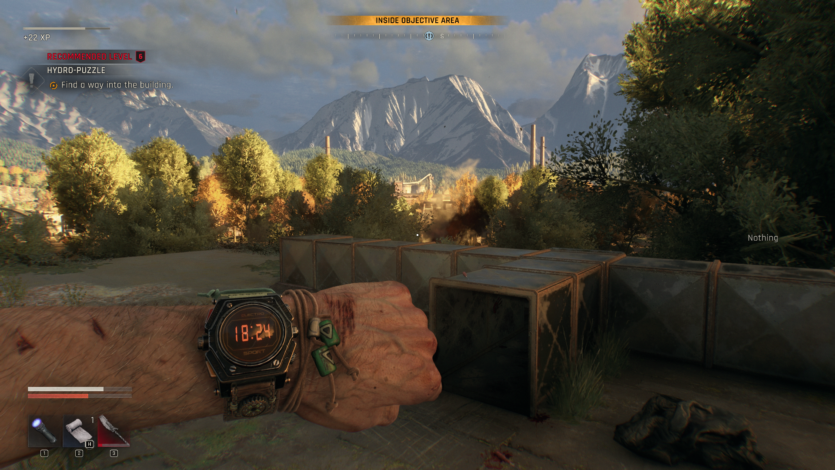

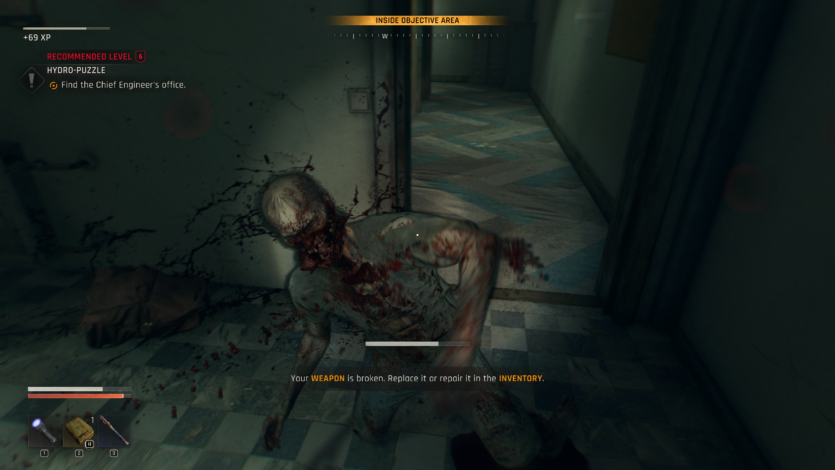
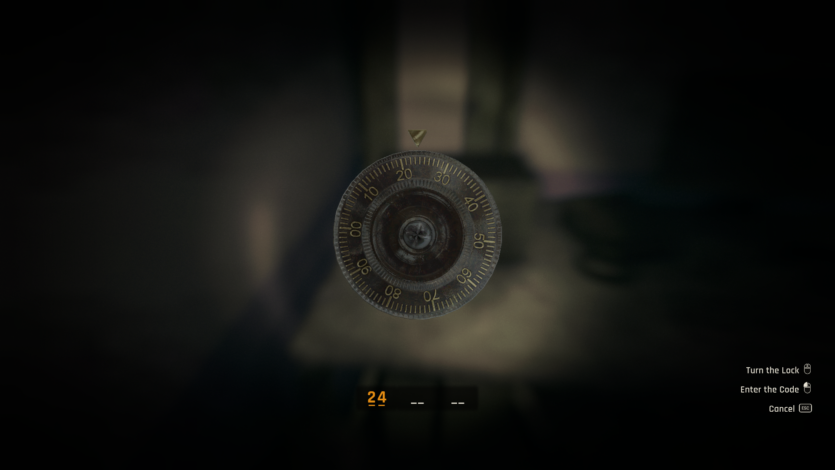
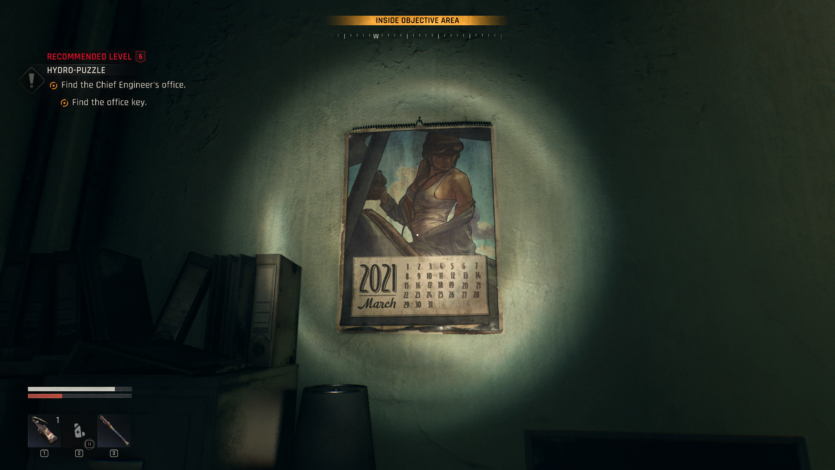
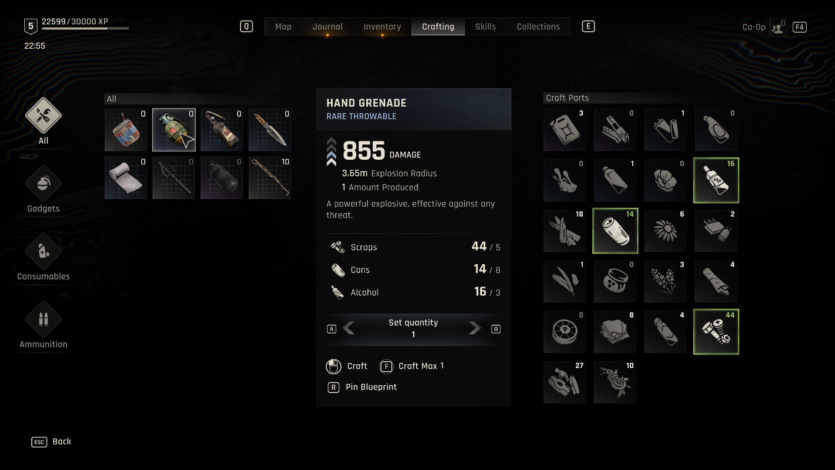
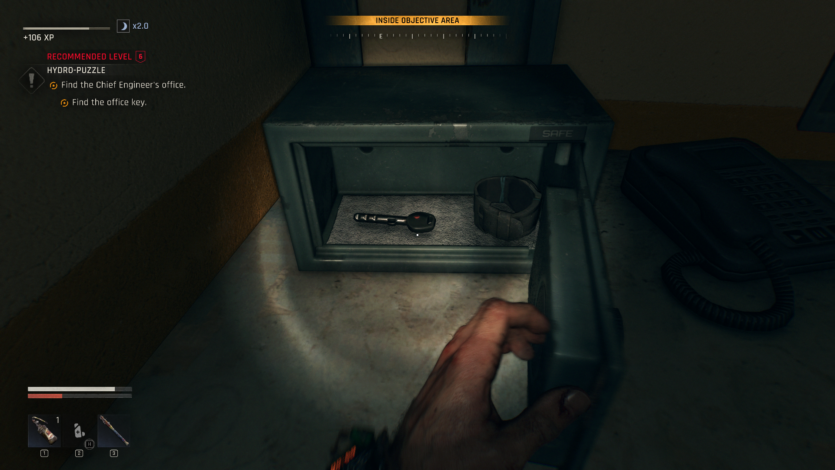
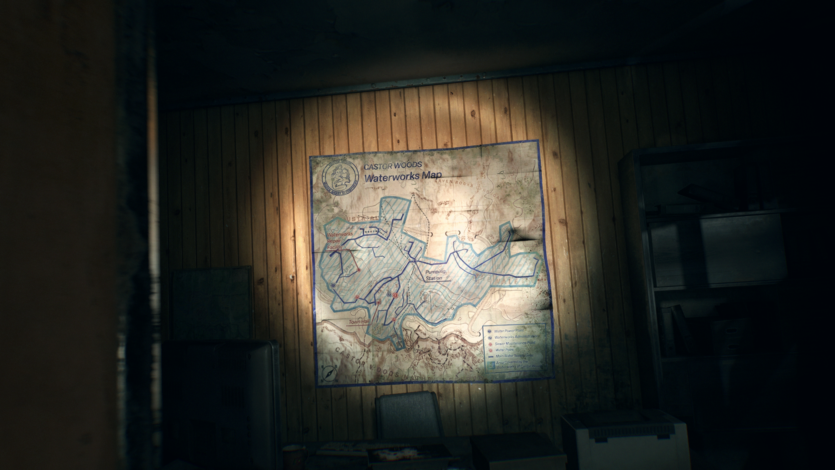
Special attention should be paid to night parkour. If during the day moving around the city resembles a sporting extreme, at night it turns into a nightmare ride. Infected people react to noise, light, and even shadows, and so you have to not only jump but also think ahead: how to avoid traps, where to lure pursuers, whether to take risks for a faster route. This increases adrenaline and makes parkour an element of survival, not just mobility.
At the same time, Techland has taken care of the balance. Now, newcomers have simplified checkpoints and friendlier routes, while veterans of the series can go the “wild way” and perform acrobatics where they are not supposed to. This is a good strategy because the game does not punish for the lack of skill, but rewards those who are willing to take risks and experiment.
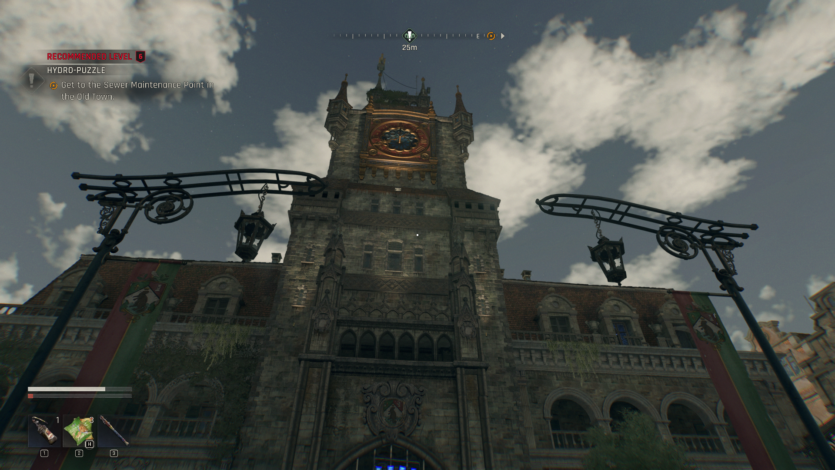
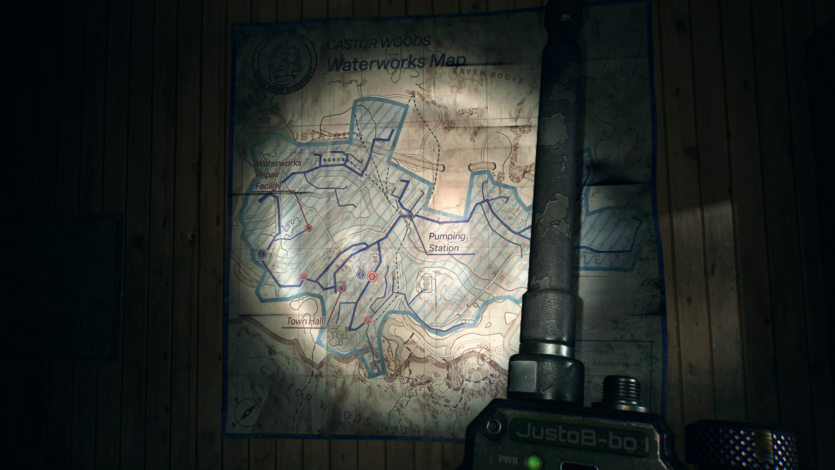
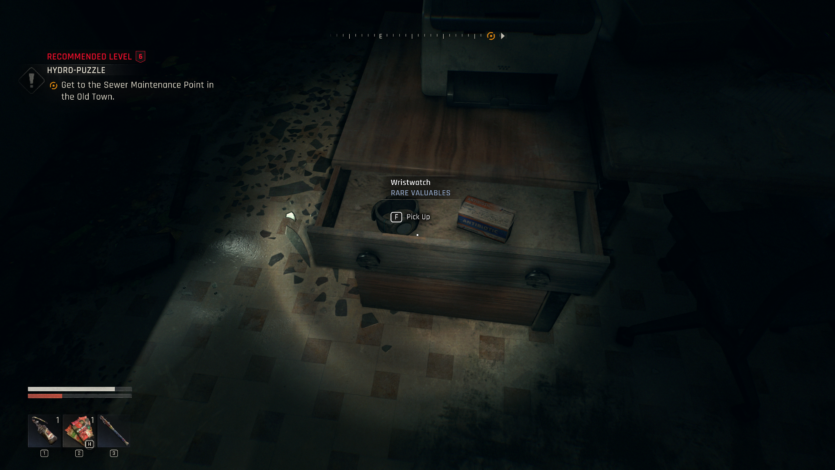
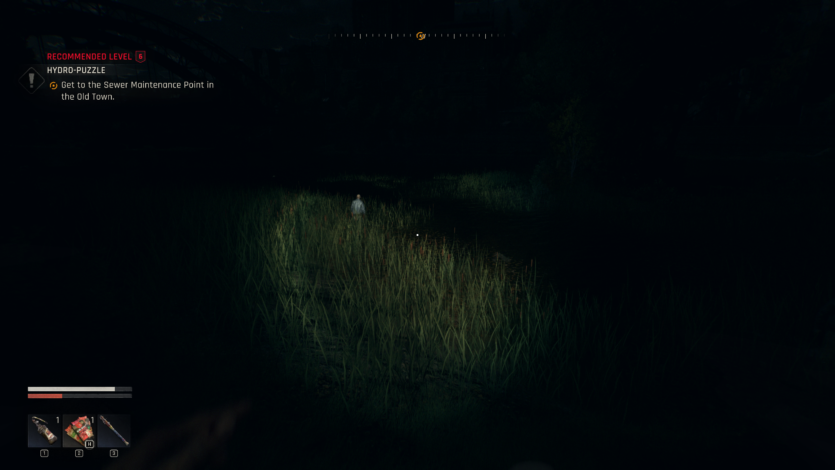
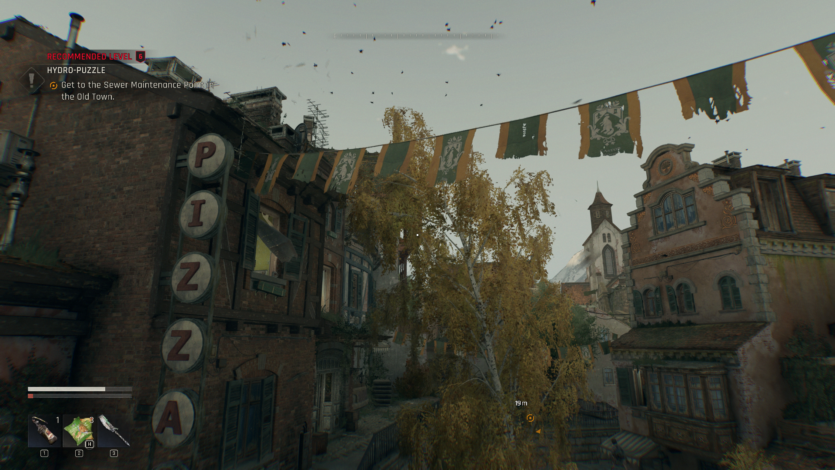
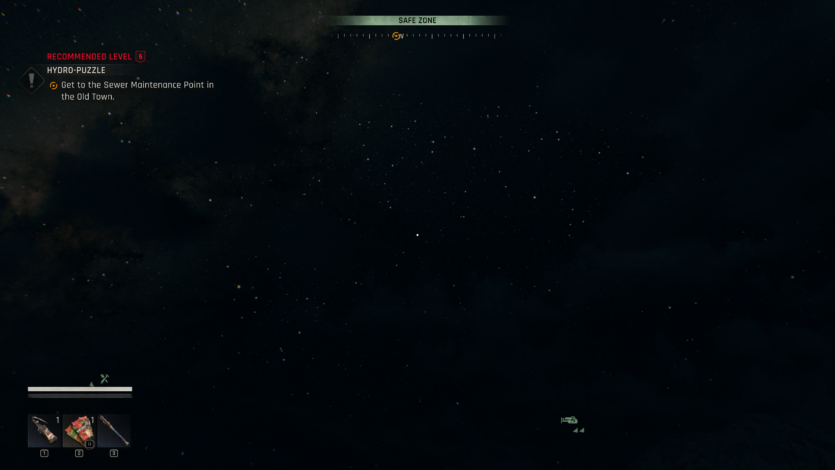
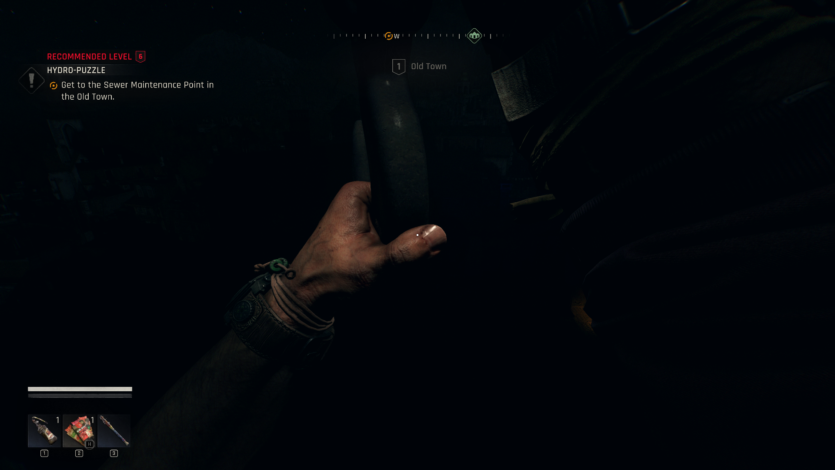
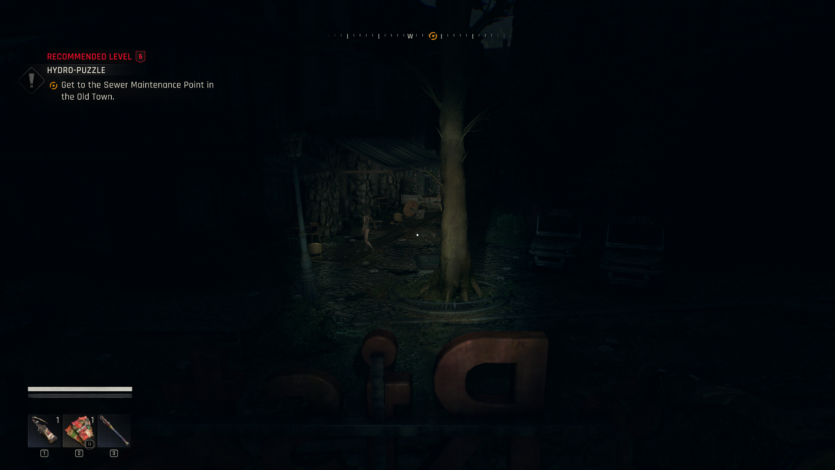
Dynamic events on the map work better than in the previous game. For example, while moving around, you may come across a group of people trying to escape from a crowd of zombies. And then the player decides whether to help or pass by. It’s a small thing, but it makes the world come alive.
Another change in the new part is the integration of parkour into quests. Previously, acrobatics was mostly a way to get from point A to point B, but now story quests are often built around it. This makes the story more cinematic and resembles parkour scenes from classic action movies.
The combat system of Dying Light: The Beast
In Dying Light: The Beast, the combat system has changed so much that it can be considered a new iteration. If earlier the main tools were improvised crowbars, hammers, and machetes with modifications, now there is a greater emphasis on the physics of blows and the impact of weapons on the enemy’s body. Each swing has weight, each collision is tangible, and the enemy reacts to damage not in a template, but depending on the place of impact. This adds to the realism, but also requires more accuracy and patience from the player.
The developers have also taken a step towards more variability. Melee combat remains the mainstay, but the arsenal has expanded to include more sophisticated melee weapons, experimental crossbows, throwing knives, and devices for luring infected people. Weapons not only cut and hit, but also create conditions for tactical advantage. For example, you can lure a group of infected people to explosives or use stun grenades to distract them.
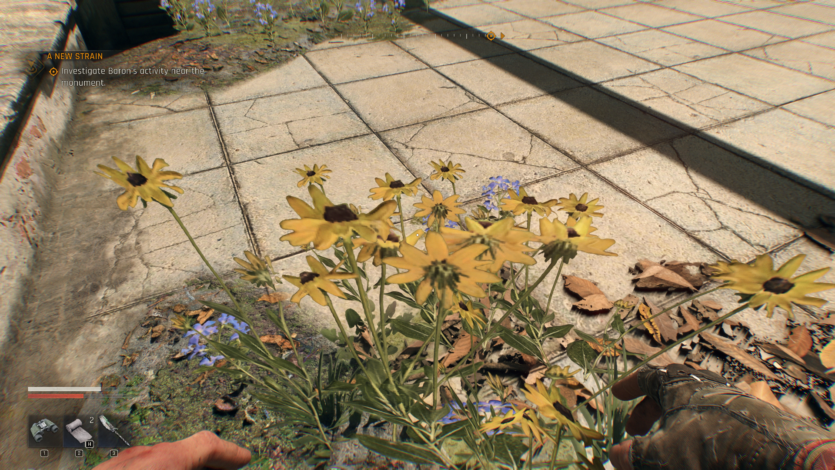
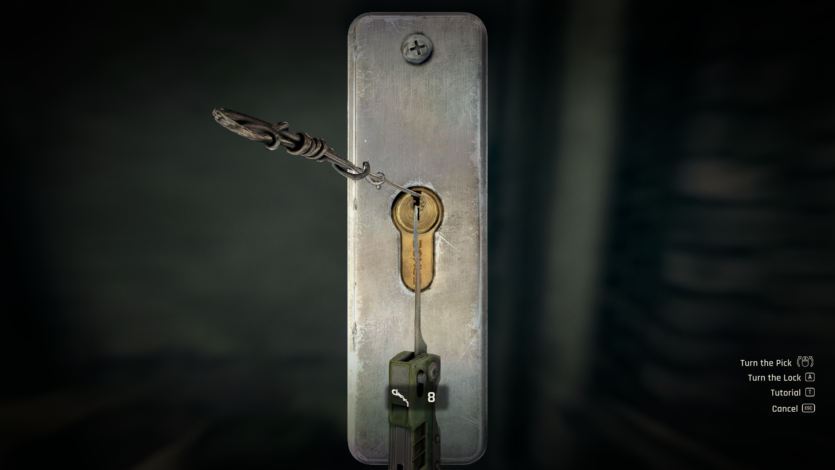
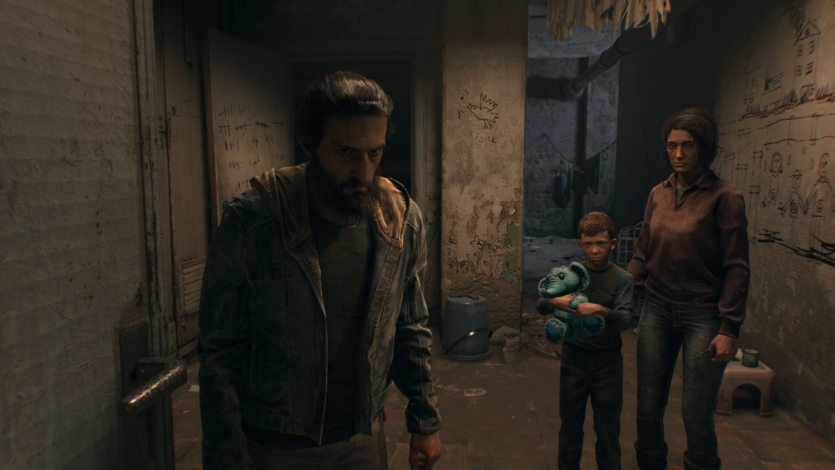
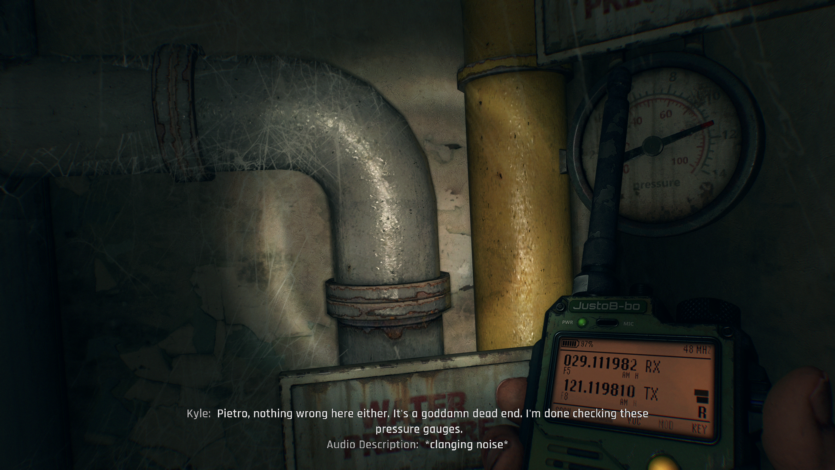
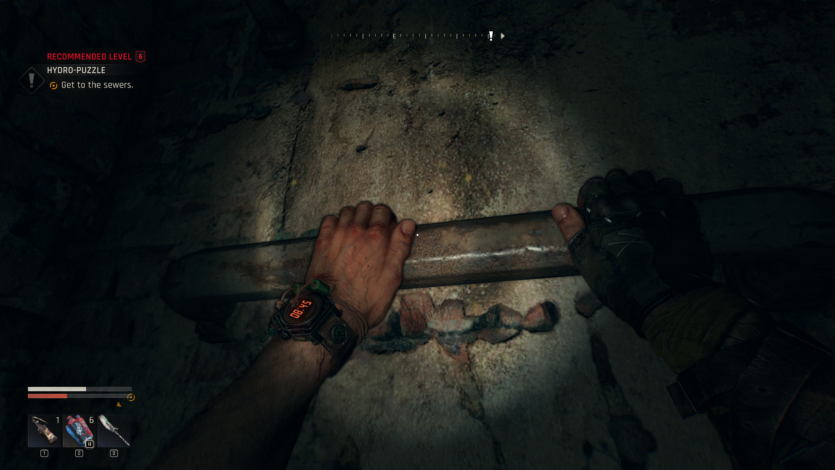
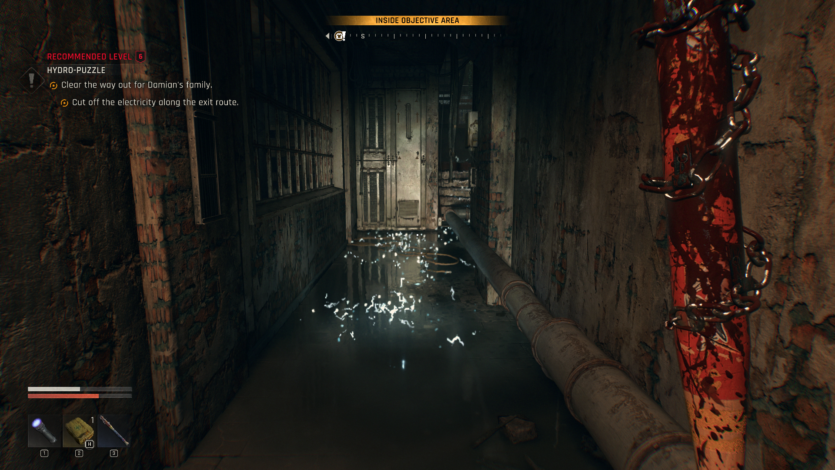

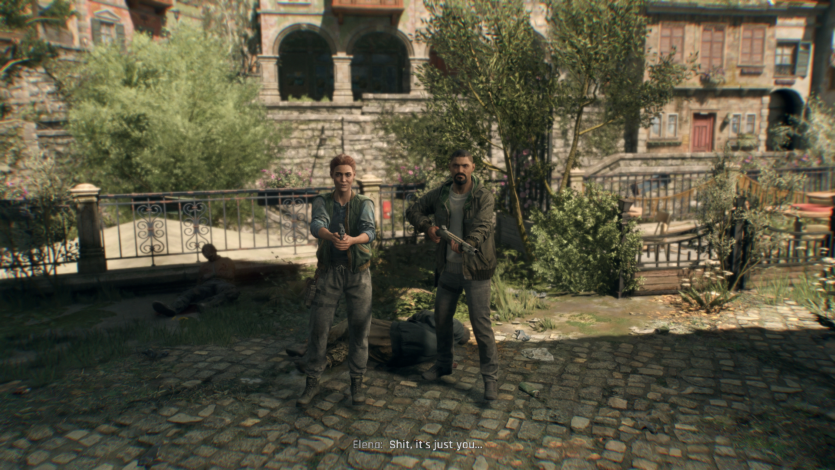
The crafting system has not disappeared, but now it is more meaningful. Previously, modifications often turned into a circus attraction (a sword that hits with electricity and sets fire at the same time), but now the emphasis is on practicality. Yes, you can make a blade with an additional poison effect or spikes to pierce armor, but the developers have kept the balance: the gameplay does not turn into a fireworks display of special effects, but remains brutal and tough.
Enemies in Dying Light: The Beast is a separate story. The basic infected have become more aggressive and unpredictable. They still go straight for you, but they can dodge, change trajectory, and even knock you down. This makes you abandon the tactic of “swinging mindlessly” and pay closer attention to the rhythm of the battle. At the same time, the developers have added several new classes of enemies that work as mini-bosses and change the dynamics of the fights.
Zombies are now more responsive to the environment. If the player runs across the rooftops, they can try to climb after him; if you hit a noise trigger, the infected will run from different areas. This creates the feeling of a living, or rather dead, but dynamic world that does not forgive levity.
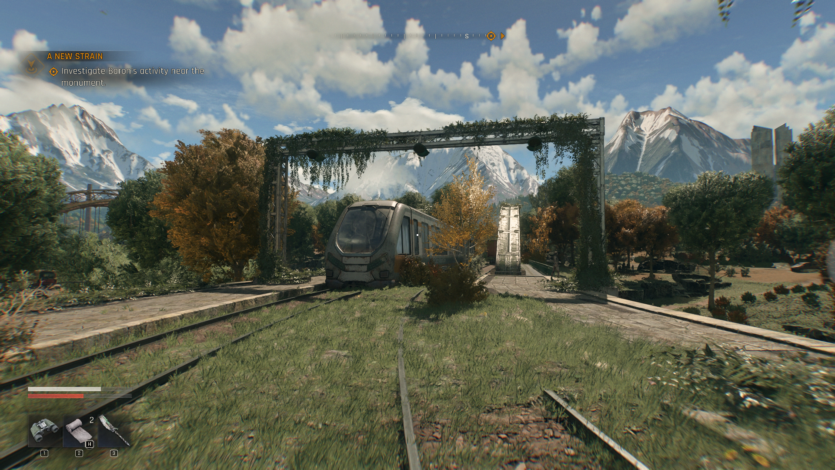

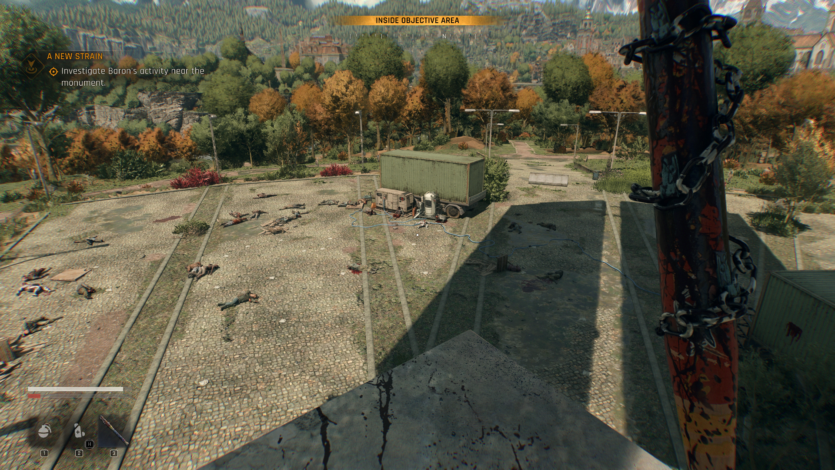
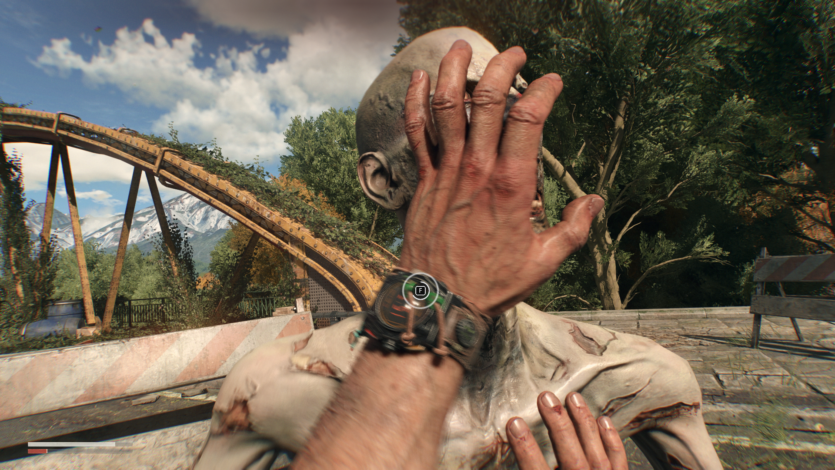
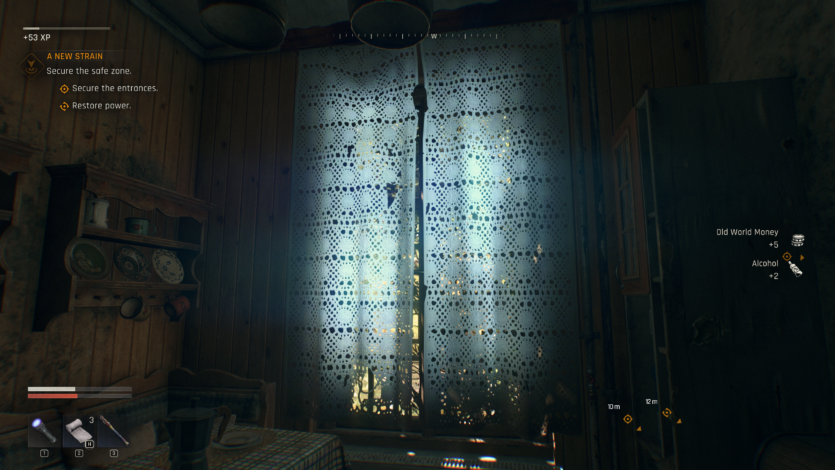
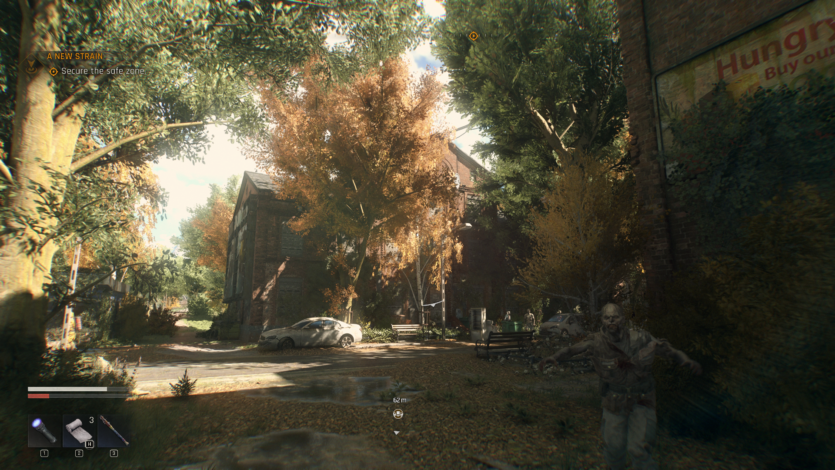
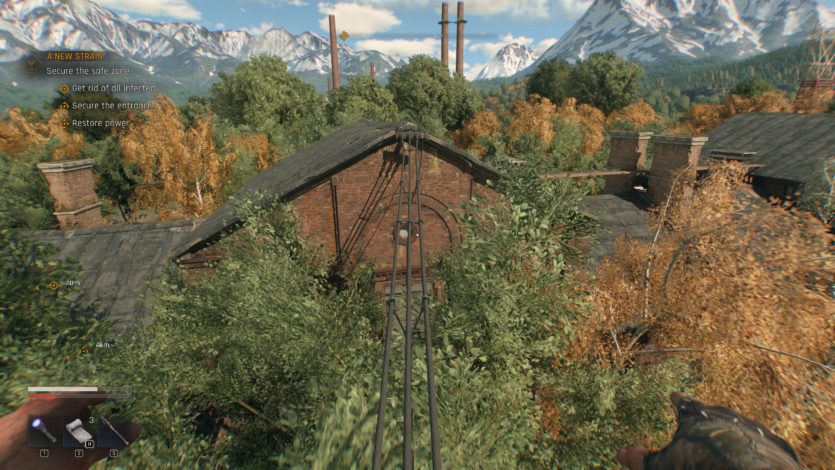
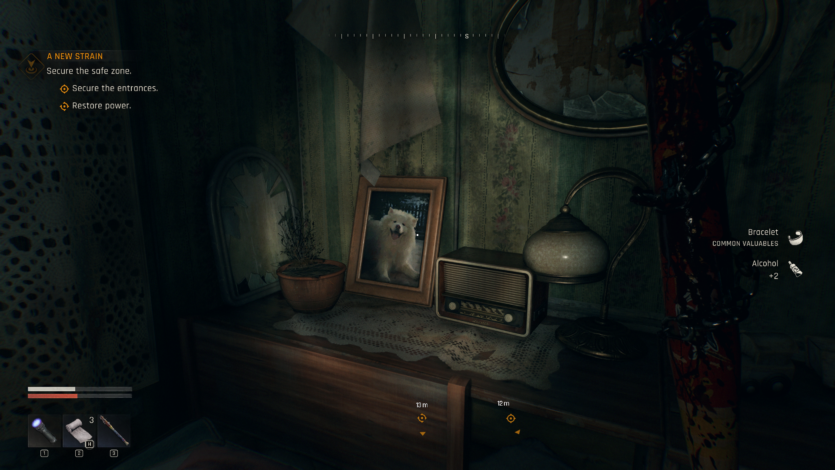
The battle with people has not disappeared either. They use ranged weapons, coordinate in groups, and try to take the player in a ring. It feels like the classic fights from Dying Light 2, but now the enemies are smarter and more likely to use blocking and counterattack tactics.
The endurance system is also worth mentioning. It is back, but in an updated form. While in the second part many complained about its intrusiveness, here it is integrated more organically: long series of blows exhaust the hero, forcing him to count every action. This adds to the tension and deprives the battles of the feeling of “endless swinging”.
The player is given a choice: go straight ahead and risk being exhausted quickly or act more cunningly, using the environment, traps, or escape. This approach makes every fight unpredictable. Sometimes it is more profitable to escape and regroup than to try to “clear” a location.
Visuals and technical condition of Dying Light: The Beast
Graphics in Dying Light: The Beast — Techland’s attempt to catch up with modern standards dictated by Resident Evil 4 Remake or The Last of Us Part II Remastered. The developers have completely switched the C-Engine engine to a new global lighting system, making the picture more natural. Shadows are soft, light is diffused organically, and the day change looks not like a “timer” but like a real cycle. For example, the twilight transition: the sky shimmers with different shades, and the city gradually plunges into darkness.
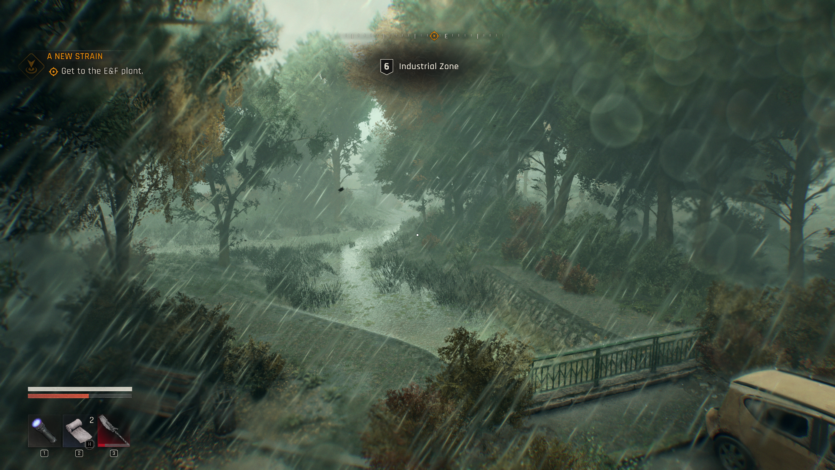
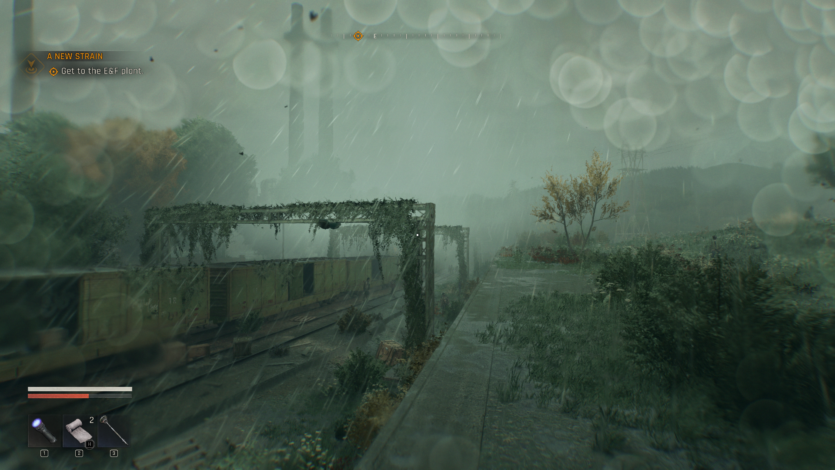
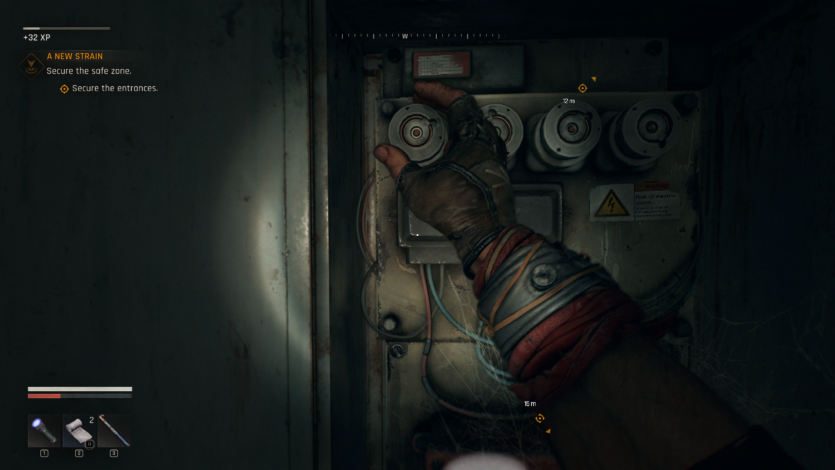

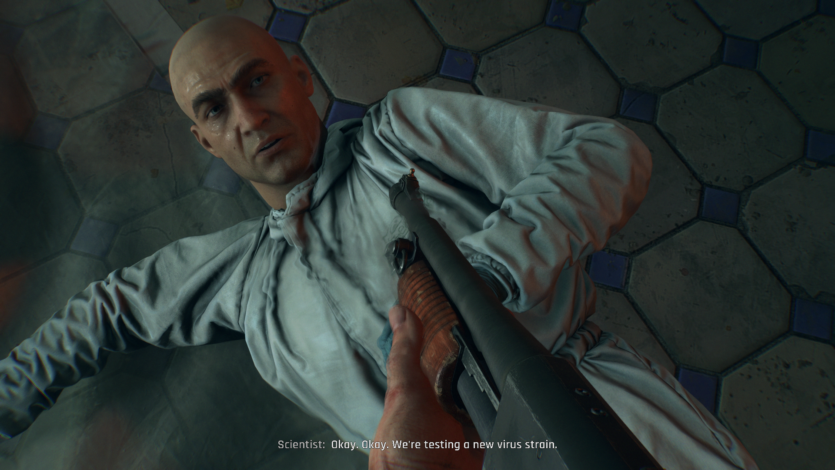
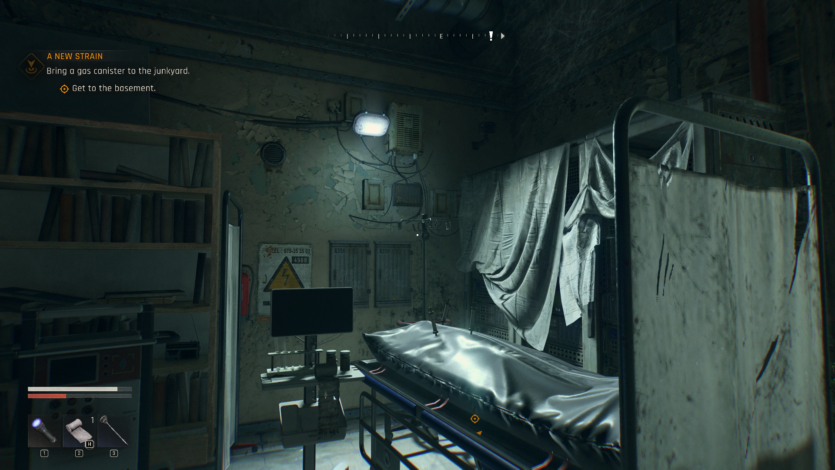
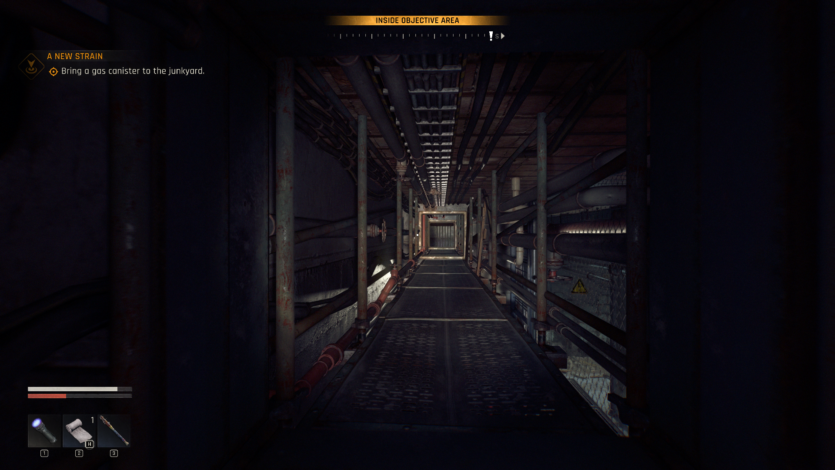
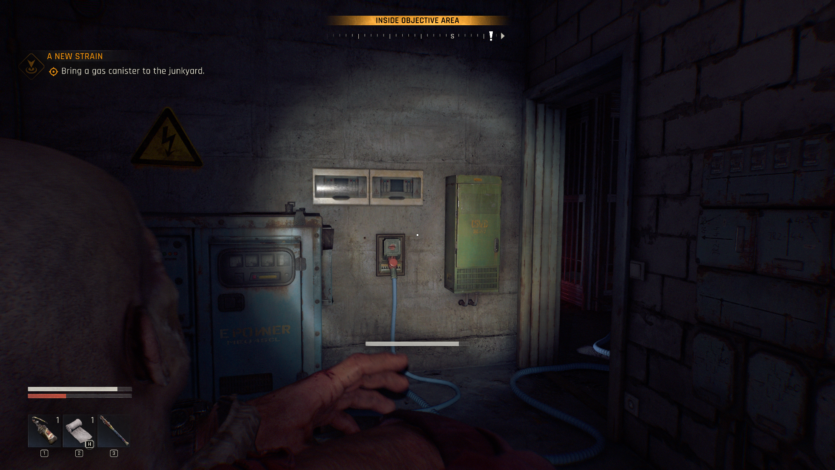
We should also mention the verticality mentioned earlier. Now the player is constantly looking not only forward, but also up or down. Buildings have become taller, underground communications — more extensive. The city works like a multi-story maze.
The zombie system has also received an upgrade. The enemy models have become more diverse, with variations in damage to clothing, skin, and animations. When a player chops off an arm, it really looks like a body part, not a scripted effect. The enemies’ reactions enhance the impression of cruelty, making the battle more expressive.
The technical condition of Dying Light: The Beast at release, which is important to emphasize, was much more stable than Dying Light 2. Yes, there are still some bugs, but they are mostly cosmetic: textures that don’t load or animations that sometimes stumble. There are practically no critical problems that would ruin the gameplay.
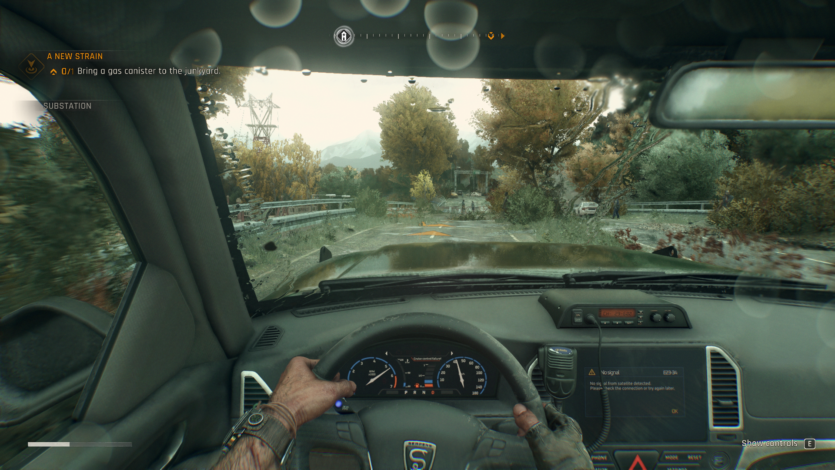
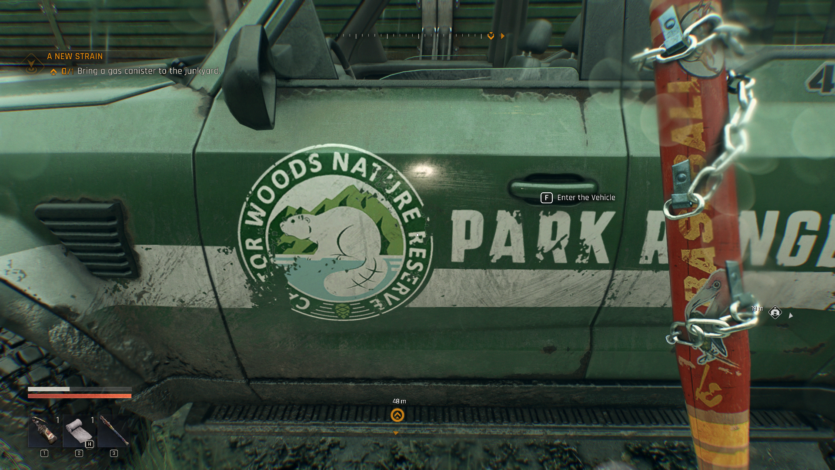
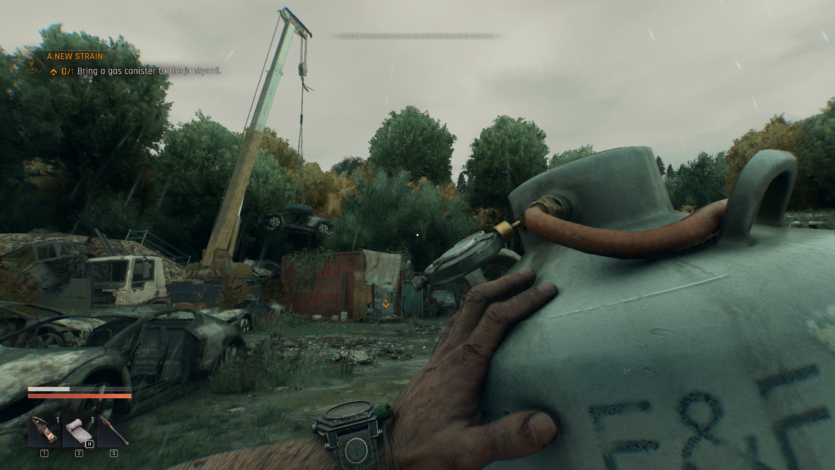

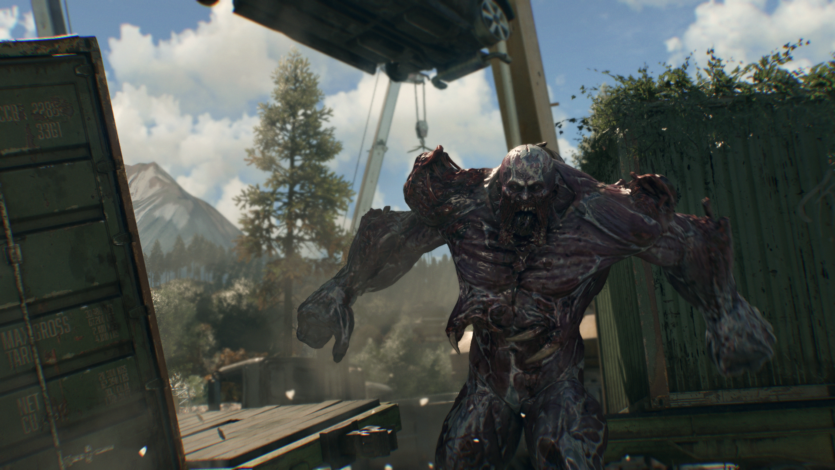
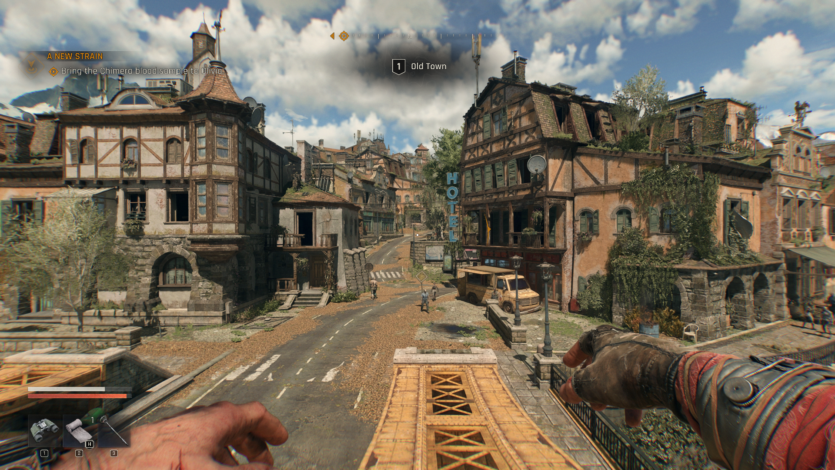
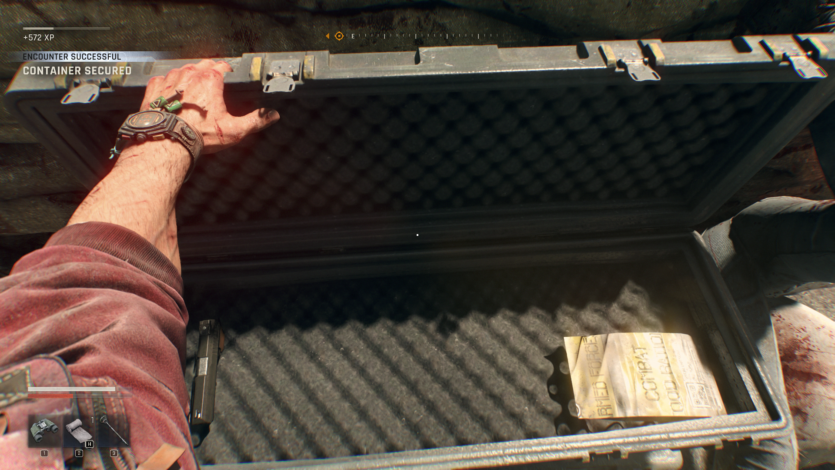
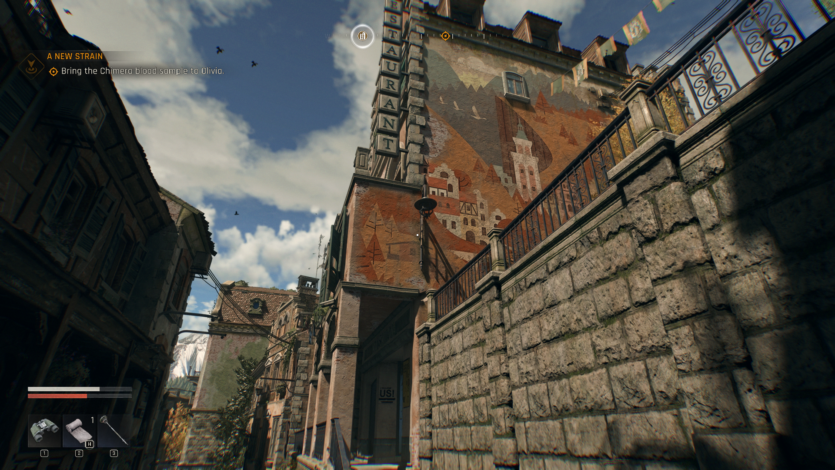
The optimization is not bad, but alsonot the best. Even on average systems, the game delivers a stable FPS of 1080p, and on modern graphics cards with DLSS or FSR, you can play comfortably in 4K.
I also played on a laptop MSI Vector 16 HX AI A2XWHG, and on the desktop. Only one crash occurred during the whole time, the rest — without any problems. Overall, the frame counter was stable and predictable. At maximum graphics settings with DLAA and without frame generation, we have a triple-digit FPS.
Techland has temporarily disabled Ray Tracing support to ensure the game’s stability, and although the studio promises to bring it back in a future patch, it adds to the feeling of a lack of development for an AA project.
The developers also added an option to scale the interface and support for ultra-wide monitors. It’s a small thing, but for fans of «hardware» such things make the experience more enjoyable.
Of course, there were some compromises. In some locations, you can see “cut corners”: repeated textures or simple furniture models inside buildings. But in general, the impression of the visuals is positive, and the game has its own atmosphere. I even felt the vibes of the horror movie Friday the 13th, and also noticed a satanic homage to the cult leap of faith from Assassin’s Creed.
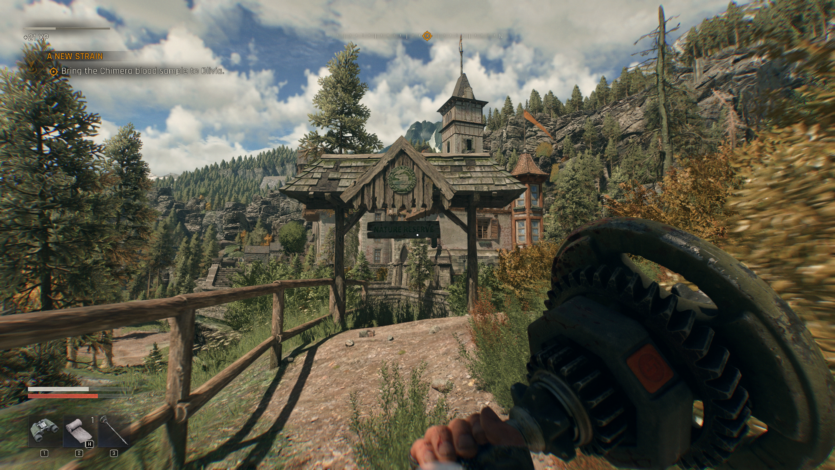
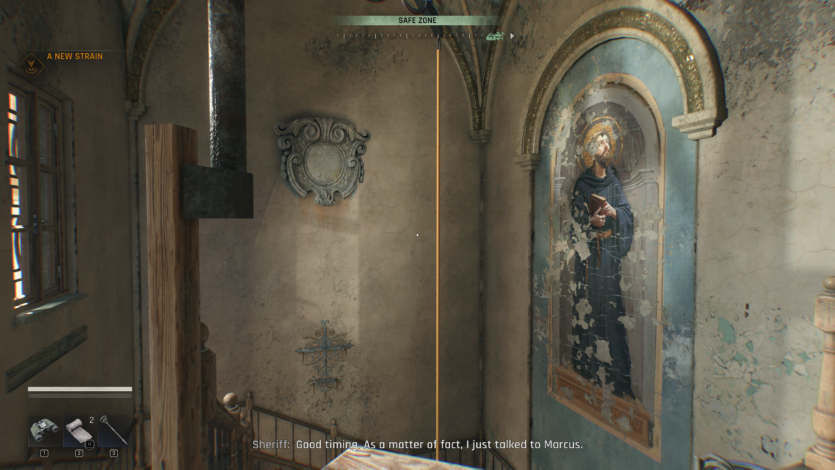
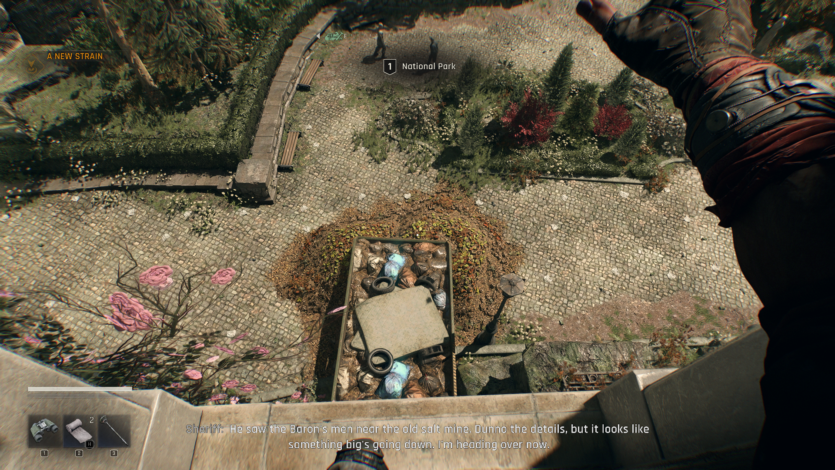
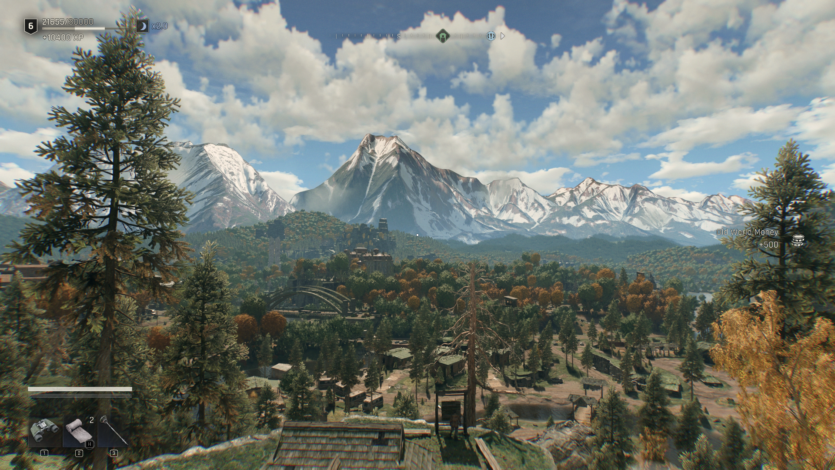
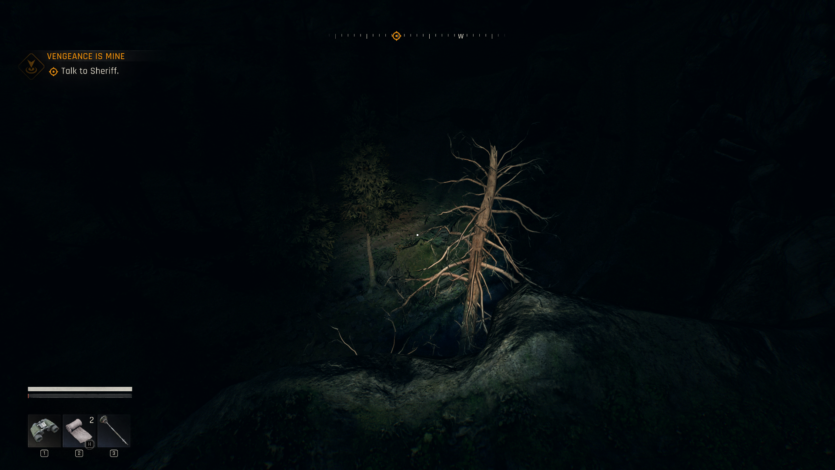

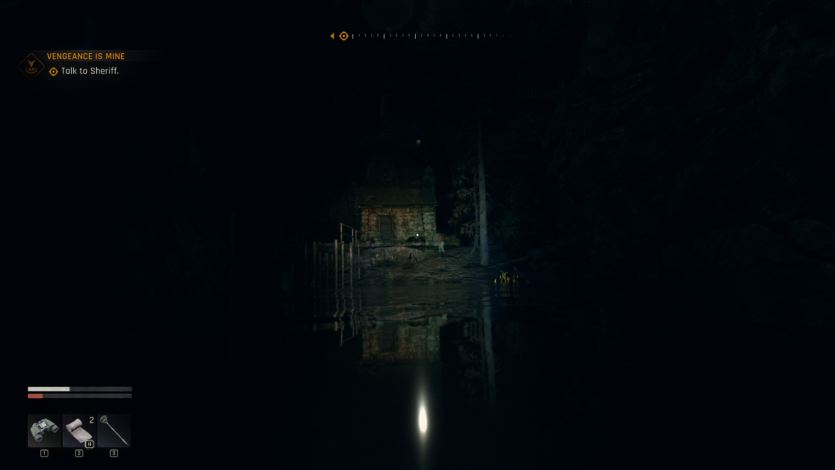
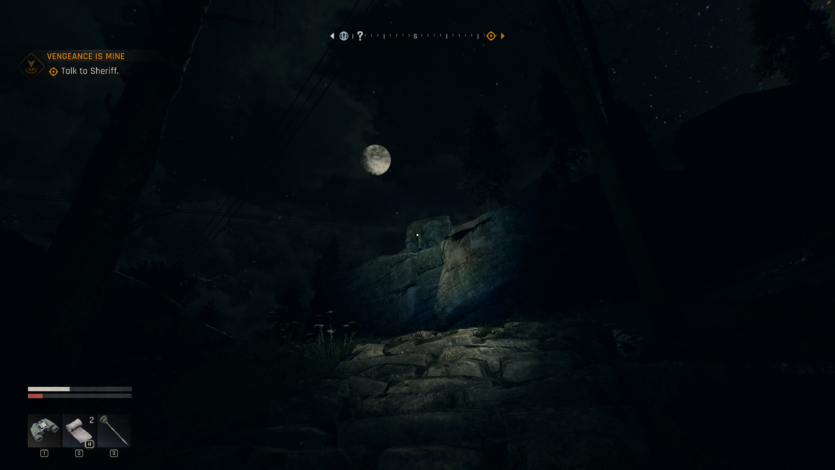
The music in Dying Light: The Beast is darker than in the previous installments. While the first Dying Light was dominated by a rhythmic electronic sound that emphasized the dynamics of parkour, the composers here focused on the atmosphere of horror and psychological tension.
The soundtrack adapts to the events in the game. During daytime exploration, subtle minimalist melodies sound, creating a sense of decay. At night, the music becomes aggressive, adding pace to the chase. The transition from day to night is accompanied by disturbing sound layers that literally make you nervous.
We should also mention the work with environmental sounds. Creaking roofs of old houses, distant screams, echoing footsteps in the tunnels — all of this works better than any horror effects. Sometimes, even without music, a game sounds scarier than with an orchestral accompaniment.
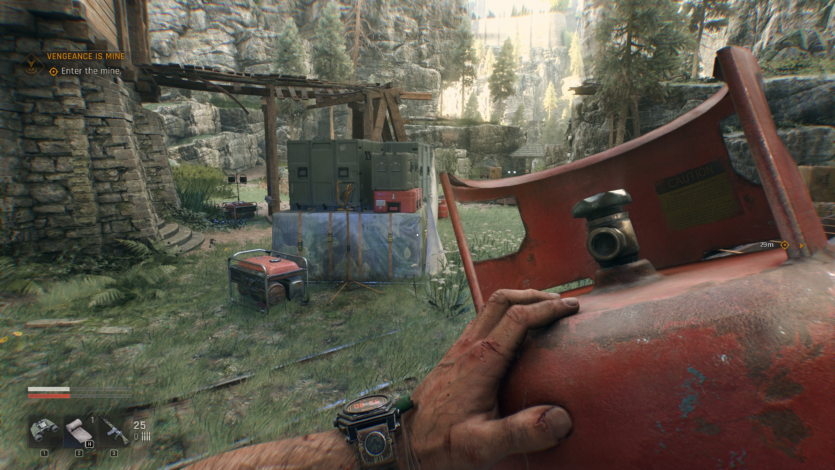
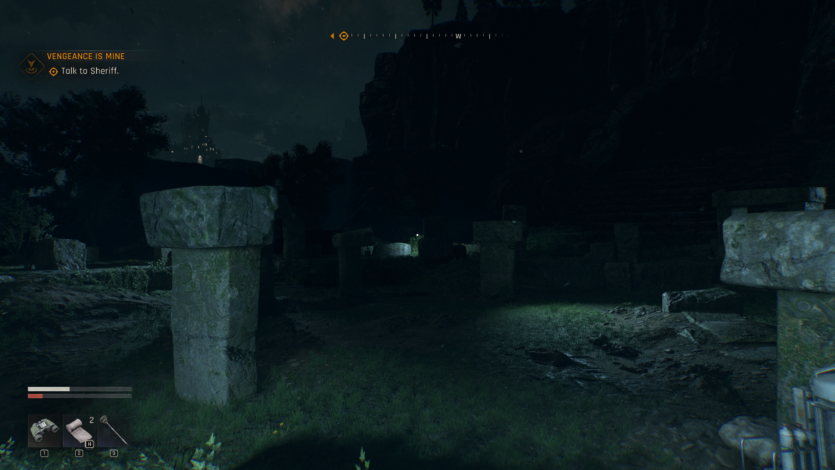
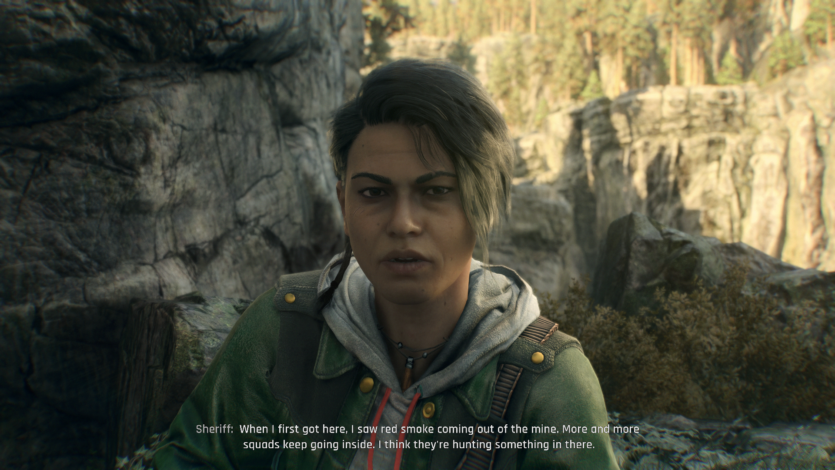
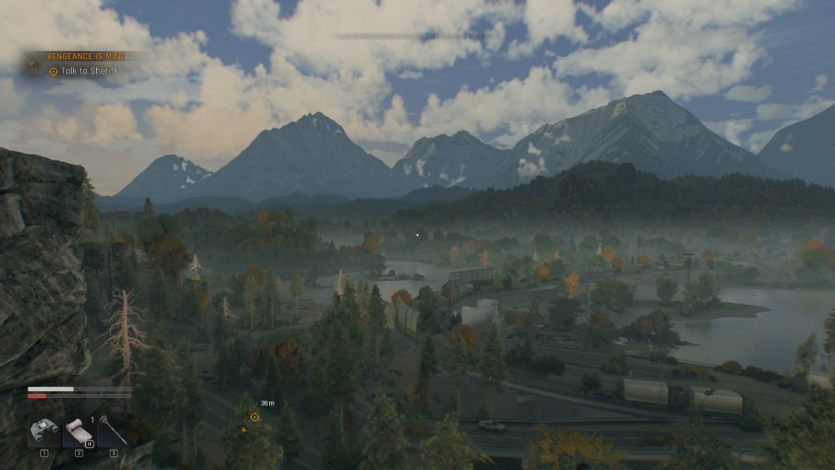
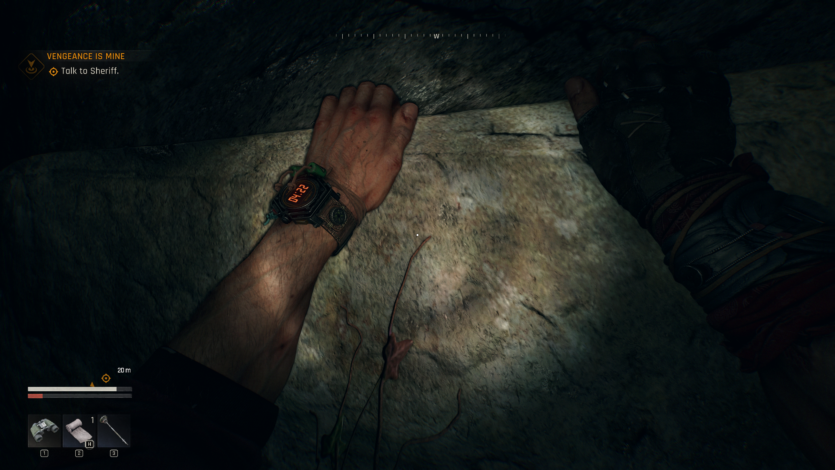
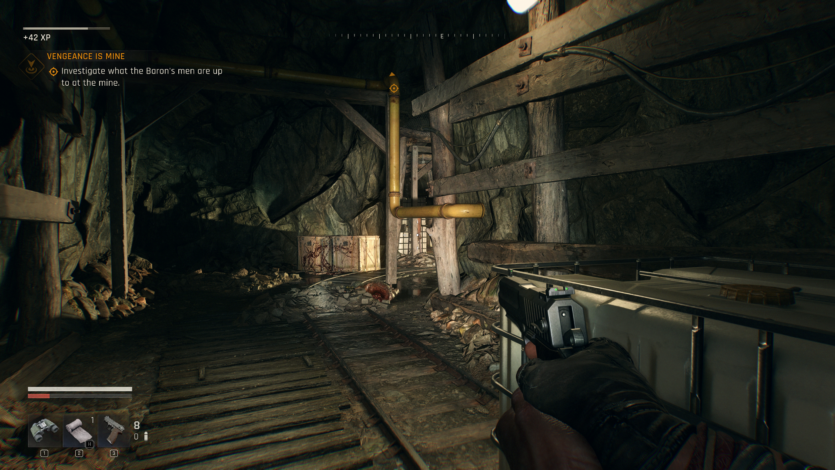
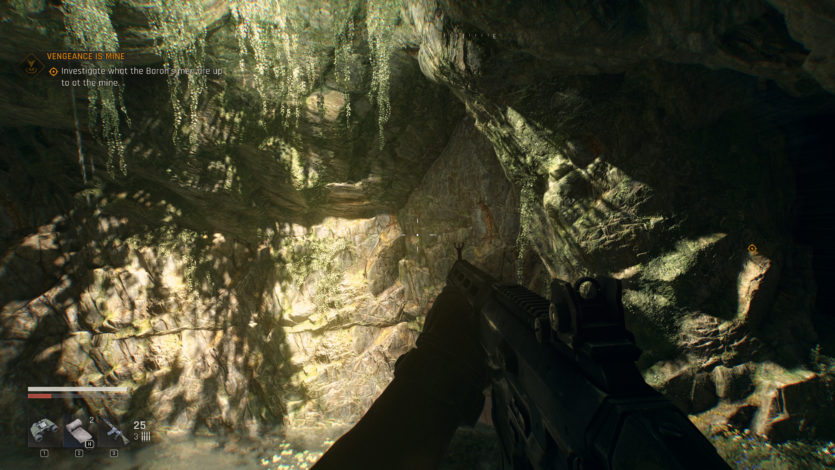

Sound positioning is well implemented: thanks to the headphones, it is easy to determine which side of the danger is approaching. This helps a lot during night raids.
Prices, editions, and localization of Dying Light: The Beast
Dying Light: The Beast is available in two versions, allowing you to choose between a basic immersion in the game world and a more advanced package.
It’s worth noting that owners of Dying Light 2: Stay Human Ultimate Edition received The Beast for free. This is a nice bonus for fans of the series who have already invested in the previous installment.
The basic edition costs UAH 1,599 and includes the full game with all story and cooperative features. This is an option for those who want to try out the main content and appreciate how Techland is relaunching the familiar parkour and combat mechanics.
Deluxe Edition offers more and costs UAH 1,865. In addition to the game itself, the buyer receives the Castor Woods Prepper Bundle, the official soundtrack, a set of wallpapers, and a tourist map of the Beaver Forest. This edition is designed for those who want not only to complete the story but also to have additional thematic bonuses and atmospheric details.
However, even Deluxe doesn’t solve another problem with Dying Light: The Beast — the lack of Ukrainian localization. In the year 2025, this is looking more and more strange. When Kingdom Come: Deliverance II, Mafia: The Old Country and Cronos: The New Dawn offer high-quality translations, Techland’s unwillingness to work with the Ukrainian audience looks like outright neglect. For a game with ambitions, this is definitely a disadvantage that spoils the impression of the release even before the first launch.

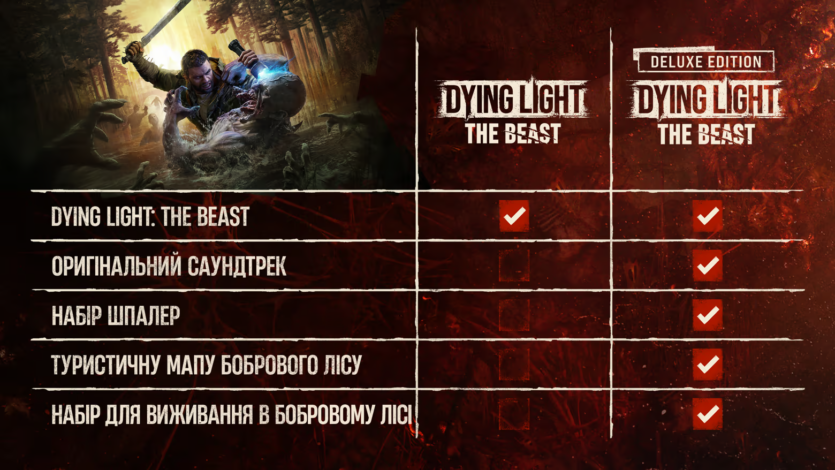
Spelling error report
The following text will be sent to our editors: